 FUJIFILM X-Pro2 (23mm, f/4, 1/1250 sec, ISO200)
FUJIFILM X-Pro2 (23mm, f/4, 1/1250 sec, ISO200)
Blog post 500! I started this blog about five years ago. My major inspiration was the Fuji X100. Now my main camera is the Fuji X Pro-2. Seems that very little has changed.
But that’s not true. I went through way too many cameras. From big sensor compacts like the Sony RX100 to full frame DSLRs like the Canon 6D. Within the last five years I also owned a Sony A7R, a Panasonic GM1, a Ricoh GR and a Canon G7X. Meanwhile I sold all of them except the Canon G7X.
Already two years ago I sold my Canon/Sony full frame gear including Canons pro zooms and went all mirrorless.
I have found the perfect camera system for my photography: Fuji X. And within the Fuji system my favorites are the “rangefinder style” cameras. I have owned and loved the Fuji X100, X Pro-1 and now the X Pro-2. I liked the Fuji X-T1 but despite its bigger and better EVF I still preferred shooting with the X Pro bodies. Seems that after all the search I finally got my mojo working.
So blog post 500 is dedicated to Fuji’s X Pro cameras.
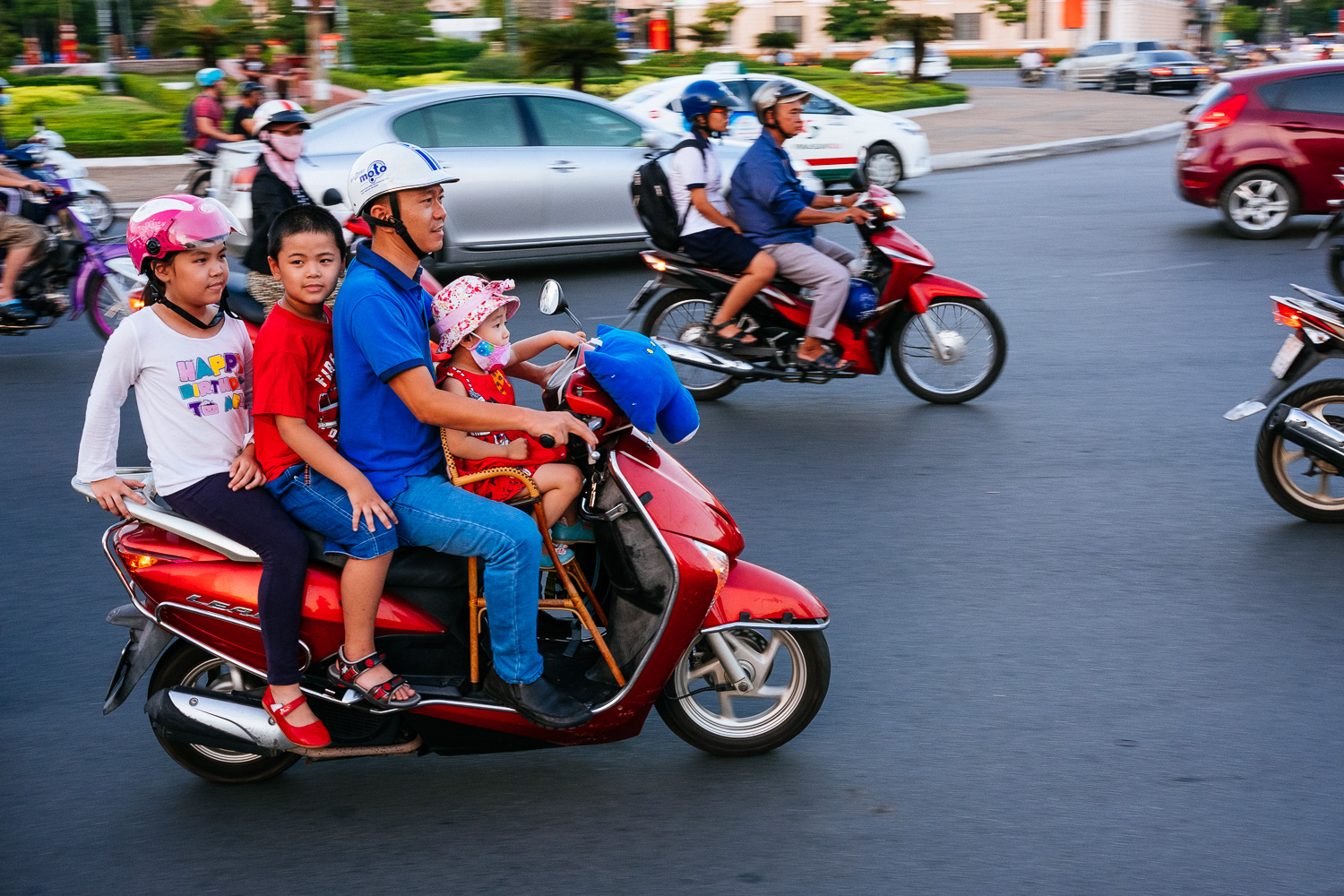 FUJIFILM X-Pro2 (27mm, f/5.6, 1/125 sec, ISO800)
FUJIFILM X-Pro2 (27mm, f/5.6, 1/125 sec, ISO800)
 FUJIFILM X-Pro1 (230mm, f/10, 1/180 sec, ISO200)
FUJIFILM X-Pro1 (230mm, f/10, 1/180 sec, ISO200)
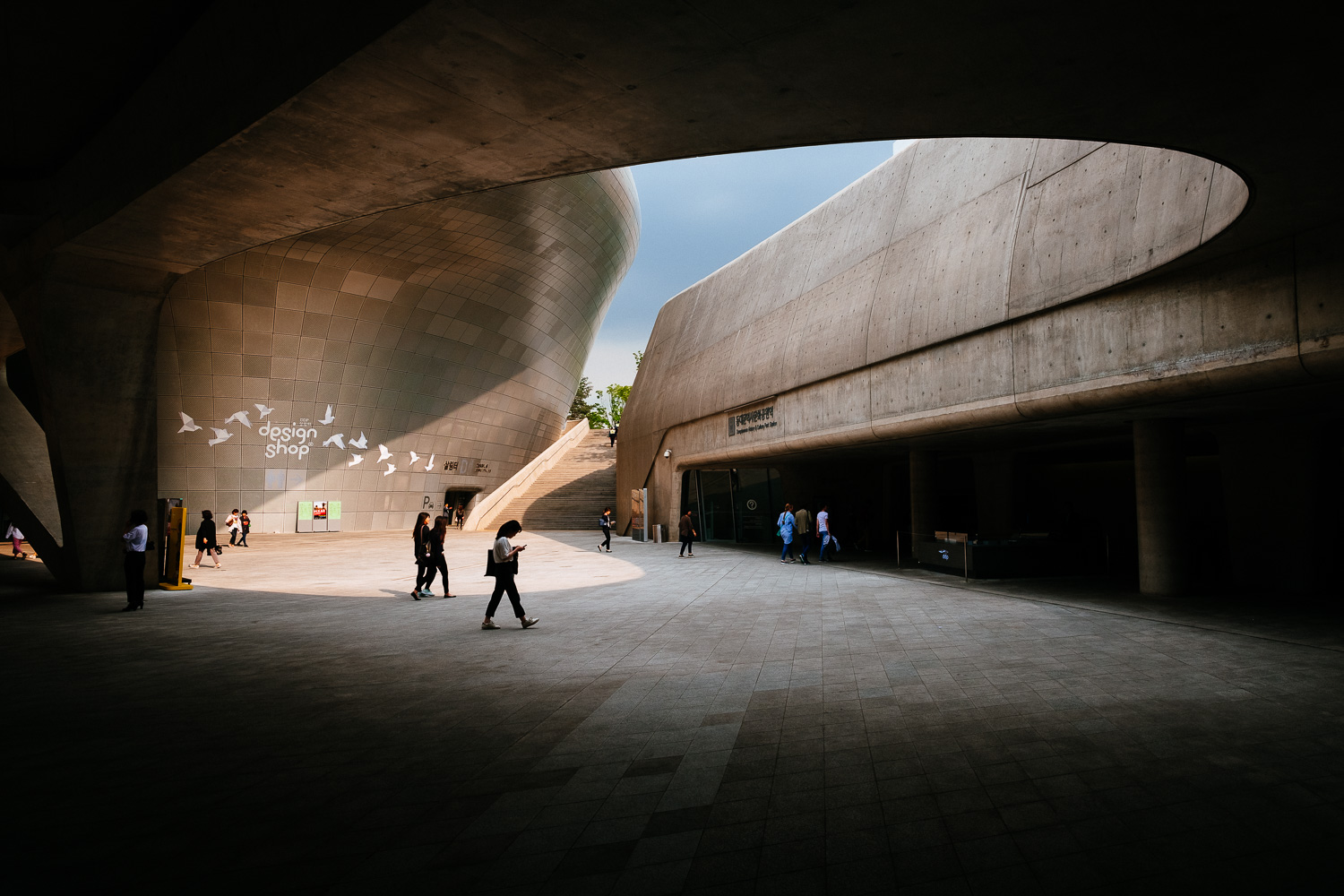 FUJIFILM X-Pro2 (14mm, f/8, 1/160 sec, ISO200)
FUJIFILM X-Pro2 (14mm, f/8, 1/160 sec, ISO200)
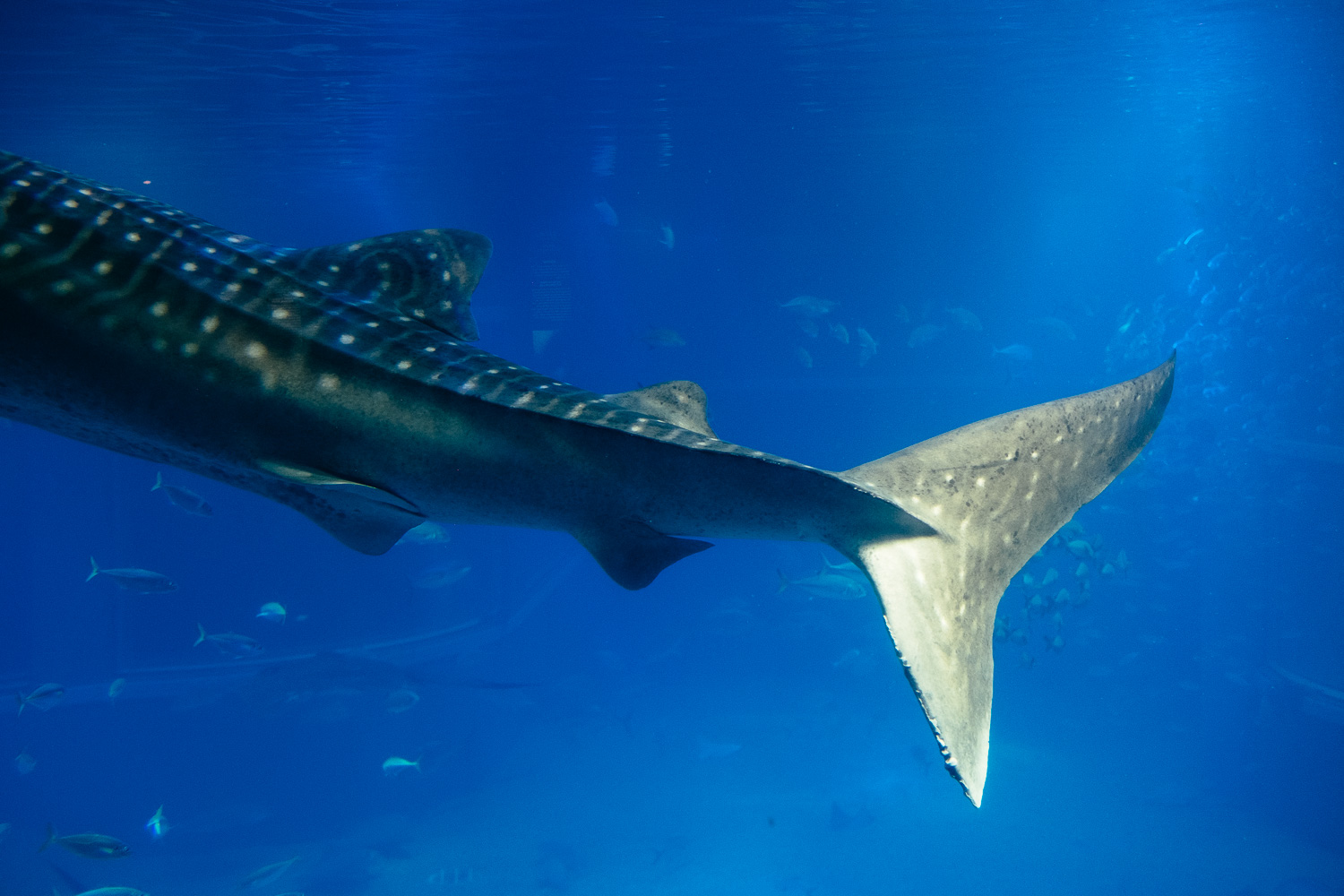 FUJIFILM X-Pro2 (23mm, f/2, 1/200 sec, ISO1000)
FUJIFILM X-Pro2 (23mm, f/2, 1/200 sec, ISO1000)
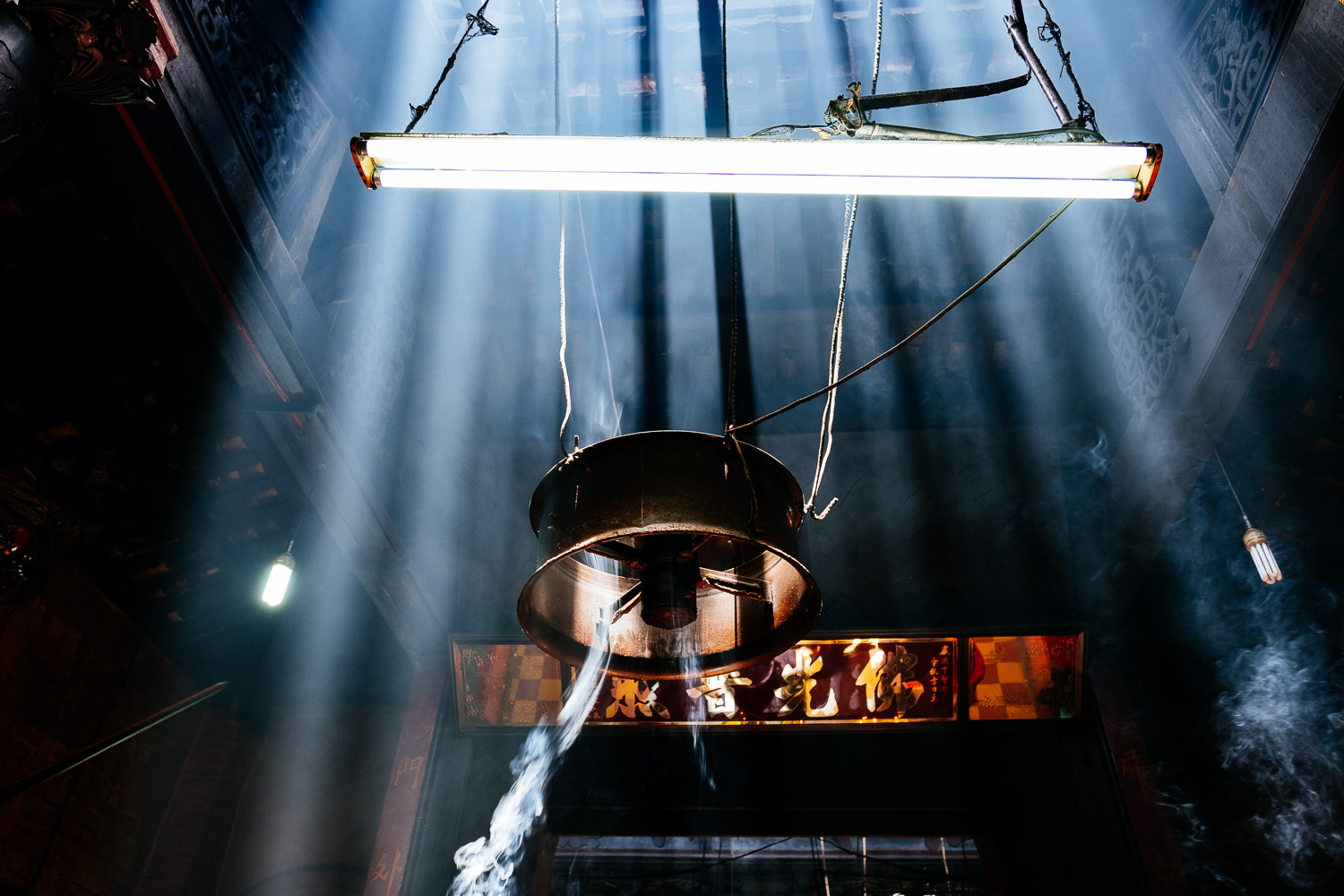 FUJIFILM X-Pro2 (16mm, f/2.8, 1/60 sec, ISO400)
FUJIFILM X-Pro2 (16mm, f/2.8, 1/60 sec, ISO400)
So what’s so special about those cameras. One obvious point of course is the unique hybrid viewfinder. Funny thing is that I hardly use the optical viewfinder at all. I prefer the more precise framing with the EVF. Plus one of my favorite lenses, the XF 14/2.8 R, can’t be covered by the OVF. The OVF is of course fantastic for street shooting with the 23/2 or the 35/1.4 because it lets you see what goes on outside of your frame.
But as I mentioned I hardly use it. So what else is so special? I think it’s their simplicity. There are hardly any buttons on the camera and if Fuji would ask me they could easily remove most of them. I never use most of the buttons in the back beside that great little AF joy stick and the play button.
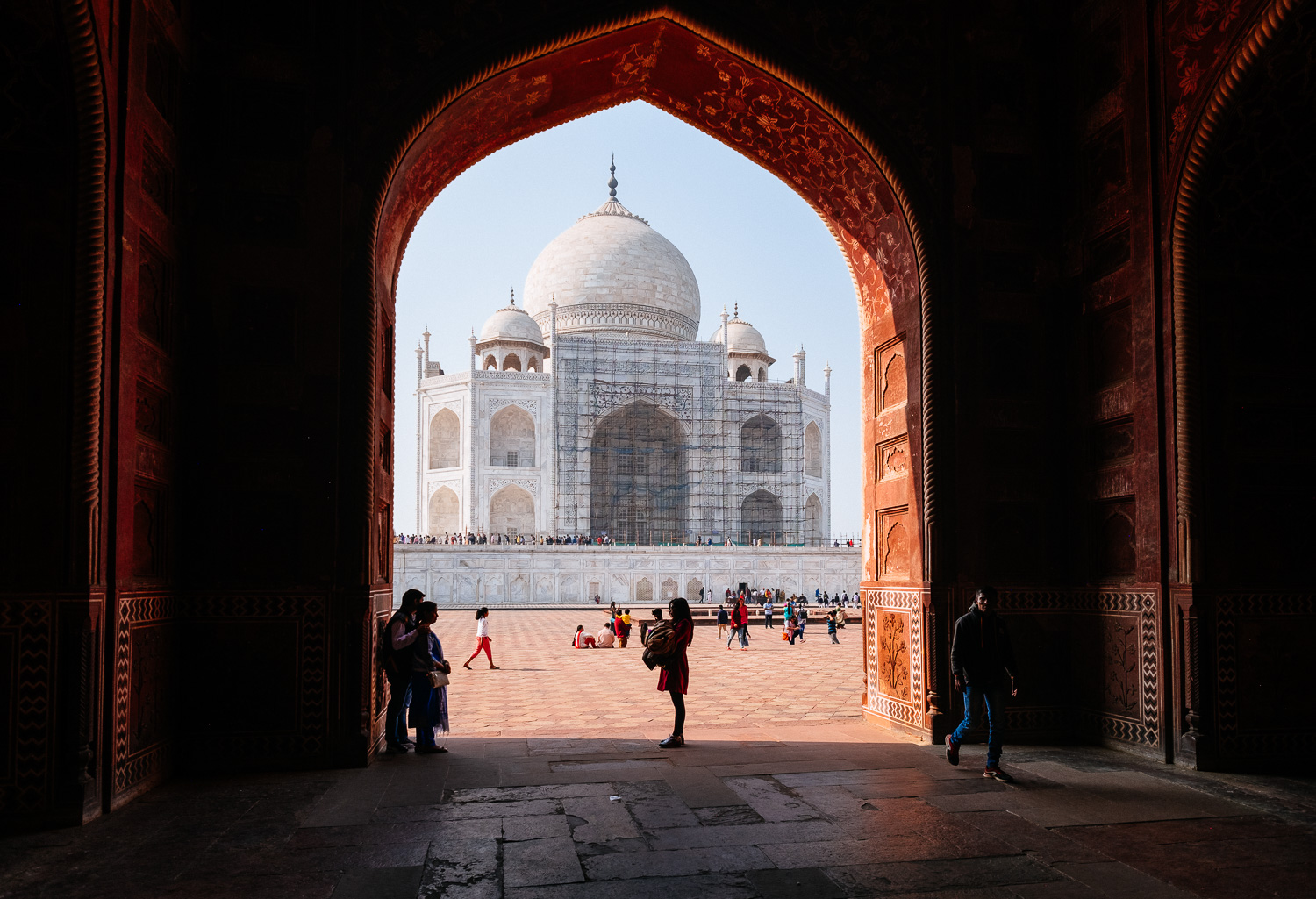 FUJIFILM X-Pro2 (14mm, f/4, 1/1000 sec, ISO200)
FUJIFILM X-Pro2 (14mm, f/4, 1/1000 sec, ISO200)
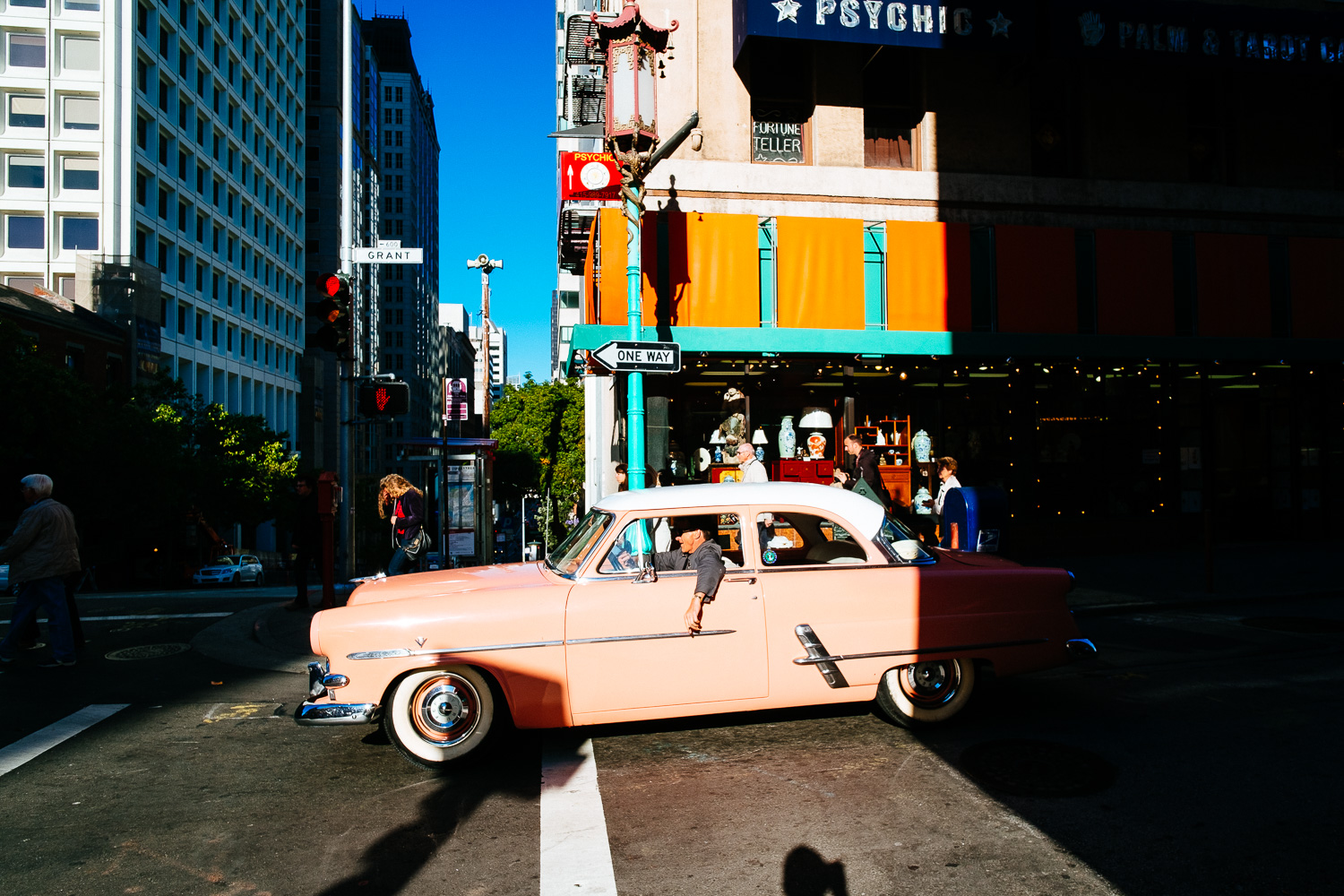 FUJIFILM X-Pro1 (14mm, f/8, 1/300 sec, ISO200)
FUJIFILM X-Pro1 (14mm, f/8, 1/300 sec, ISO200)
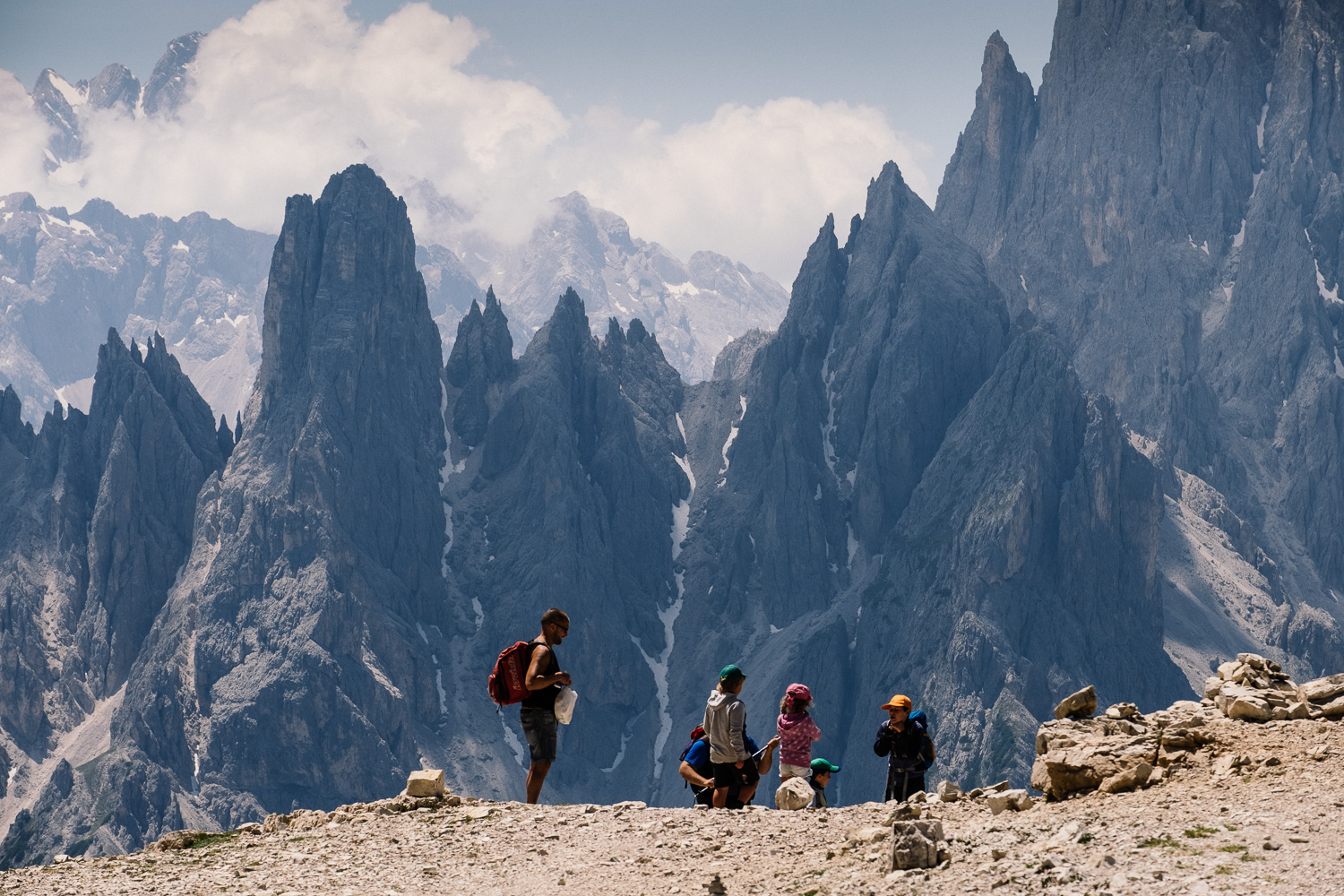 FUJIFILM X-Pro2 (121.8mm, f/8, 1/850 sec, ISO200)
FUJIFILM X-Pro2 (121.8mm, f/8, 1/850 sec, ISO200)
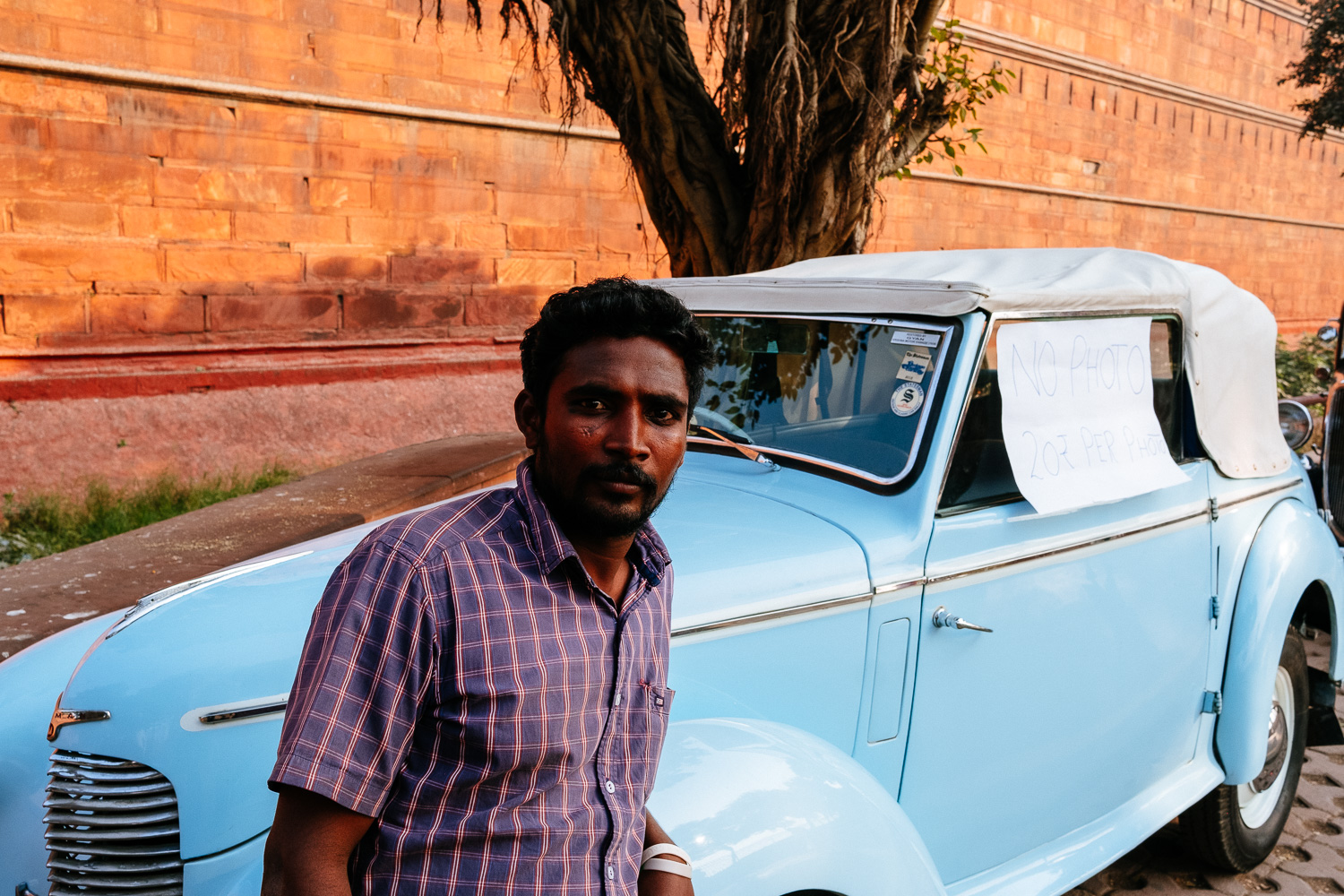 FUJIFILM X-Pro2 (23mm, f/8, 1/250 sec, ISO640)
FUJIFILM X-Pro2 (23mm, f/8, 1/250 sec, ISO640)
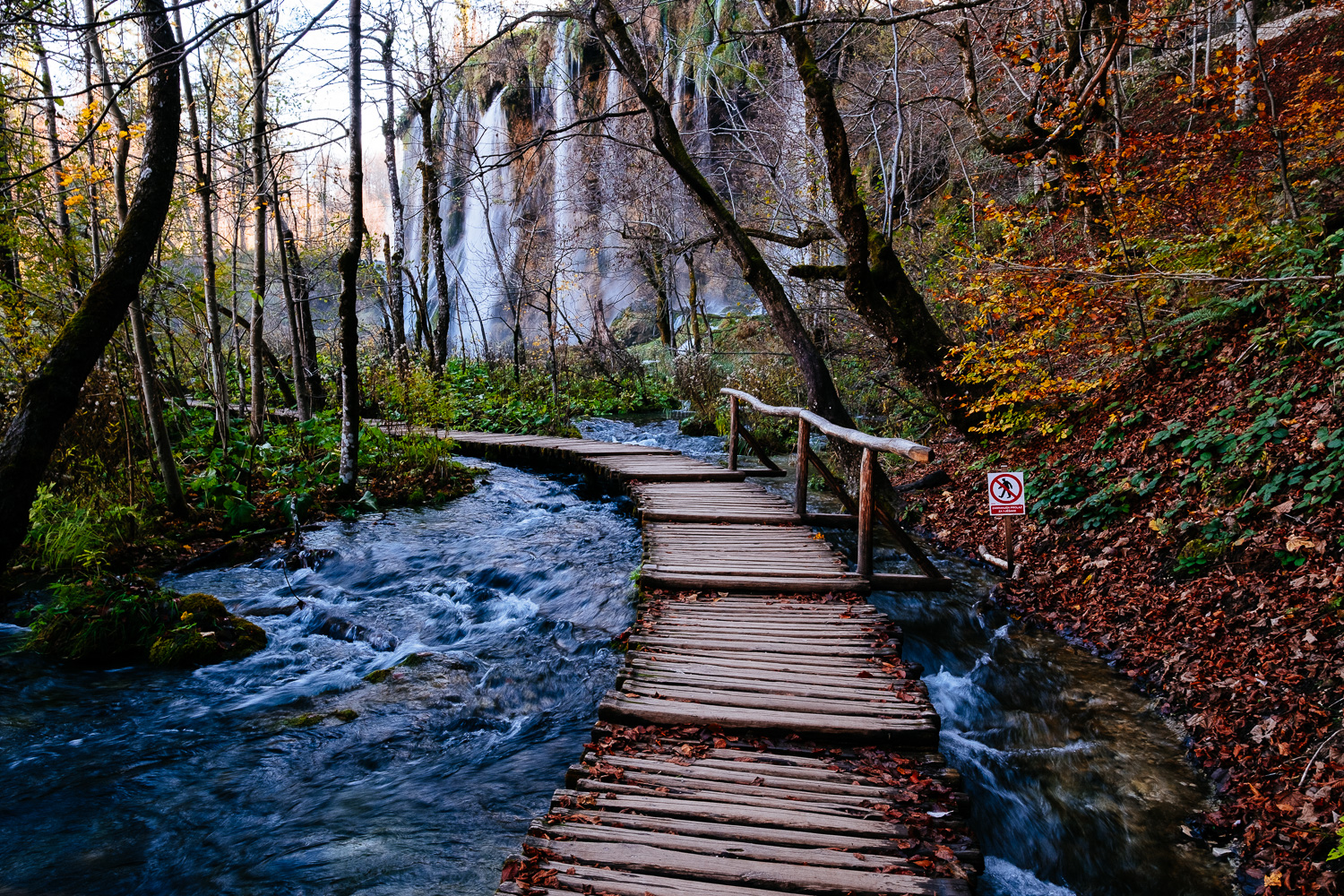 FUJIFILM X-Pro2 (15.1mm, f/9, 1/15 sec, ISO250)
FUJIFILM X-Pro2 (15.1mm, f/9, 1/15 sec, ISO250)
Beside that AF joystick all I need to operate the camera I can find on the top plate which is also not really busy at all. The left side is totally empty and on the right there are five operating elements. The on/off switch, an exposure compensation dial, a shutter speed/ISO dial, a function button and of course the shutter release button.
There is no stupid mode dial like on my Canon or Sony cameras. Nikon has at least the decency to hide the mode dial on its better DSLRs. On a Nikon you push the mode knob and jog the rear wheel to access the different modes. But for most photographers those mode dials are useless because you either shoot in aperture priority mode or in manual mode most of the time. That means the biggest knob on your camera gets little to no use at all.
Now Fuji has solved this in the most elegant way. There simply is no mode – dial. Some people who switched from Canon or Sony seems to get lost here but there is no need to. Here is how it works.
- P-Mode: aperture ring set to A, shutter speed dial set to A, ISO dial set to A
- A-Mode: dial in the aperture, rest remains in A
- S-Mode: dial in the shutter speed, rest is set to A
- M-Mode: dial in aperture, shutter speed and ISO manually
 FUJIFILM X-Pro2 (39mm, f/5.6, 1/125 sec, ISO1250)
FUJIFILM X-Pro2 (39mm, f/5.6, 1/125 sec, ISO1250)
 FUJIFILM X-Pro2 (10mm, f/5.6, 1/20 sec, ISO200)
FUJIFILM X-Pro2 (10mm, f/5.6, 1/20 sec, ISO200) FUJIFILM X-Pro1 (67.1mm, f/9, 1/70 sec, ISO200)
FUJIFILM X-Pro1 (67.1mm, f/9, 1/70 sec, ISO200)
So even an X Pro-2 can be as fool-prove as a Canon Rebel or a Sony RX100V. Just set everything to A and happily snap away. I don’t intent to sound arrogant here. There is nothing wrong in shooting in full Auto mode. Especially if you start in photography there is so much to learn that you should keep technical things aside to focus on the more important things like i.e. composition and light or simply pay attention to the expression in the face of your model who would appreciate if you spend more time dealing with her than playing with the knobs on your camera.
Beside that todays cameras are extremely good even in difficult light situations. Unless you know exactly what you do simply leave those decision to your camera. It’s like all the fancy electronics that keep your car on the road even when you drive on snow and ice. Don’t turn them off unless you are a rally car driver.
OK so you can shoot an X Pro-2 in full auto but the same is true with all other cameras on the market. What is the advantage of Fujis way? The big difference is when you leave Auto mode. On many cameras things become awkward and especially if there is no exposure compensation dial or aperture ring. Which dial operates what? Do the dials work in the same way in A and M-Mode? On a Canon they don’t. Shutter speed and aperture dial change when you change the modes. WTF? Who came up with that brilliant idea? And how about exposure compensation? Canon and Nikon use different directions to compensate exposure. Have fun if you switch in between different bodies. And there is no camera maker beside Fuji that I’m aware of that offers you an ISO dial.
 FUJIFILM X-Pro2 (10mm, f/10, 1/420 sec, ISO200)
FUJIFILM X-Pro2 (10mm, f/10, 1/420 sec, ISO200)
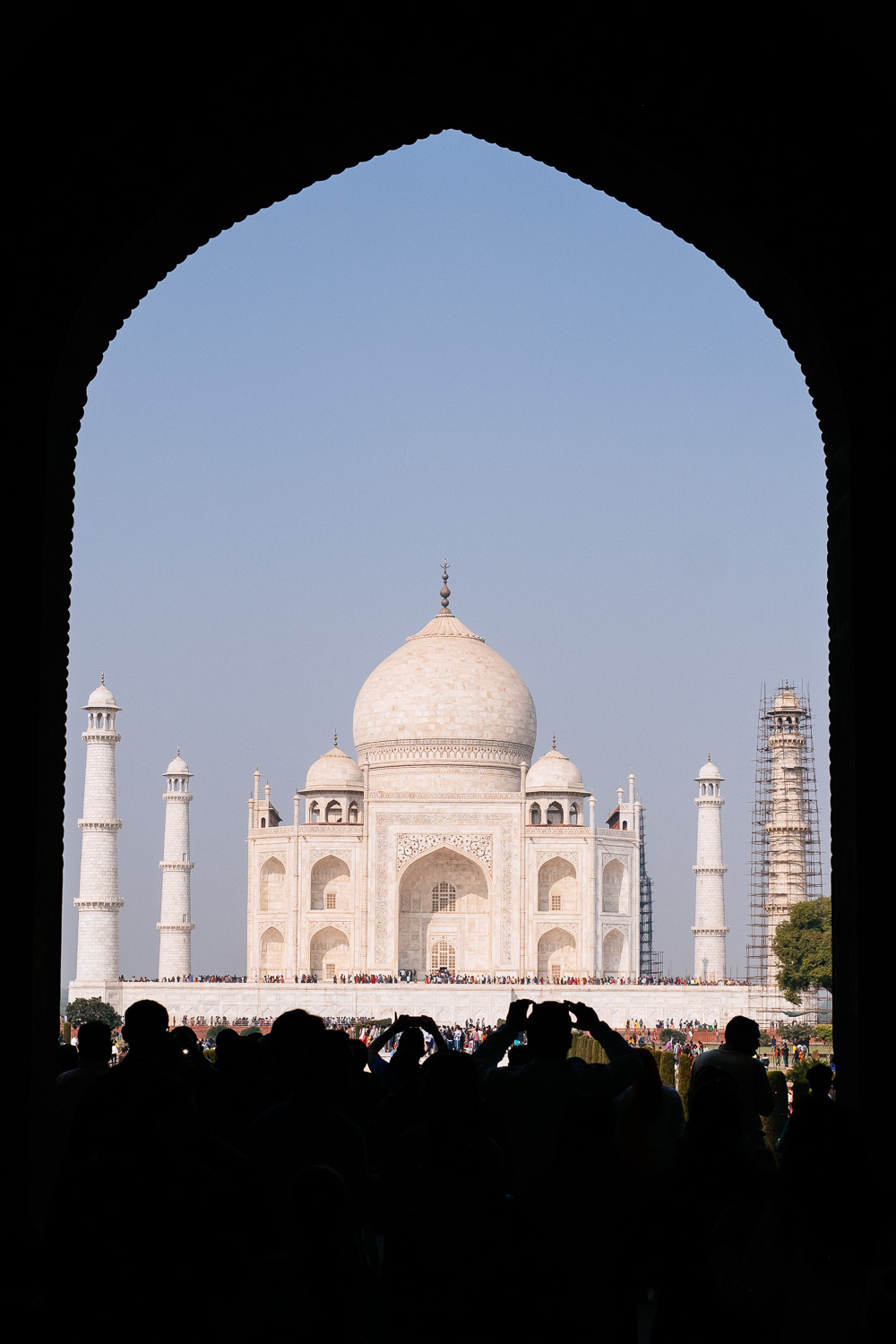 FUJIFILM X-Pro2 (35mm, f/5.6, 1/1000 sec, ISO200)
FUJIFILM X-Pro2 (35mm, f/5.6, 1/1000 sec, ISO200)
 FUJIFILM X-Pro1 (18mm, f/2, 1/70 sec, ISO200)
FUJIFILM X-Pro1 (18mm, f/2, 1/70 sec, ISO200)
 FUJIFILM X-Pro1 (14mm, f/8, 1/400 sec, ISO200)
FUJIFILM X-Pro1 (14mm, f/8, 1/400 sec, ISO200)
 FUJIFILM X-Pro2 (110.3mm, f/4.5, 1/2200 sec, ISO200)
FUJIFILM X-Pro2 (110.3mm, f/4.5, 1/2200 sec, ISO200)
In practice: I shoot in A-Mode almost all the time. So shutter speed dial and ISO dial are set to A. I select aperture on the nice aperture ring on the lens and the camera does the rest. Sometimes I dial in exposure compensation if necessary on its nice big exposure compensation dial. Now if I enter a pagoda or temple with difficult lighting situation I can either still use the exposure compensation dial or better switch to full manual. On the X Pro-2 I just have to set a shutter speed to avoid camera shake and select the ISO value (on the same dial!) to get the desired exposure. Plain and simple. This is it! It takes you about three seconds on a bad day and even less on a good.
How about function buttons? Some camera makers go crazy on customization. There are a dozen custom buttons to deal with every requirement. But what sounds great in theory isn’t so great in real world. How to remember what all those tiny, unmarked buttons do if you can hardly remember your wedding anniversary? No seriously, how to remember a dozen function buttons especially if you don’t use the camera on a daily base? Good luck with that! It’s like playing memory but there is no time for that when you are standing in the entry gate of the Taj Mahal and the constant stream of visitors is pushing you forward.
That’s why I use only two function buttons: 1. the function button on the top of the camera to turn on/off face detection. 2. the right button on cross selection on the back to switch in between the 3 Auto – ISO settings. Also something only Fuji offers. Three banks of Auto-ISO settings. Why might this be useful? If you are shooting buildings or other things you most likely set Auto-ISO shutter speed to something like 1/60s or maybe even longer if you shoot with an OIS lens. Now if you want to do some street shooting or moving subjects you want to have a minimum shutter speed of 1/250s or even 1/500s. No big deal with Fuji. Just switch to the other bank.
 FUJIFILM X-Pro2 (23mm, f/1.4, 1/180 sec, ISO200)
FUJIFILM X-Pro2 (23mm, f/1.4, 1/180 sec, ISO200)
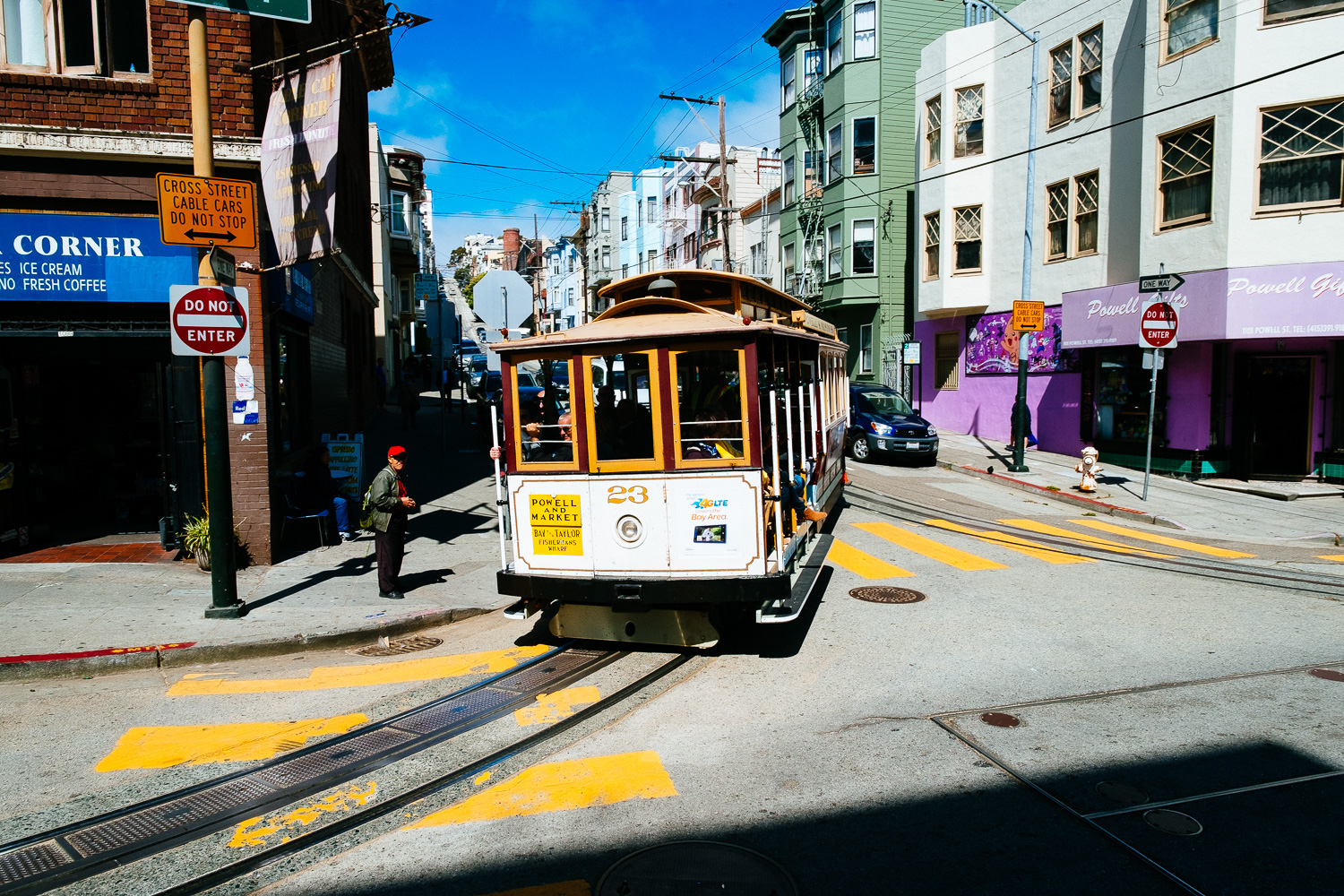 FUJIFILM X-Pro1 (14mm, f/10, 1/340 sec, ISO200)
FUJIFILM X-Pro1 (14mm, f/10, 1/340 sec, ISO200)
 FUJIFILM X-Pro1 (14mm, f/2.8, 1/30 sec, ISO640)
FUJIFILM X-Pro1 (14mm, f/2.8, 1/30 sec, ISO640)
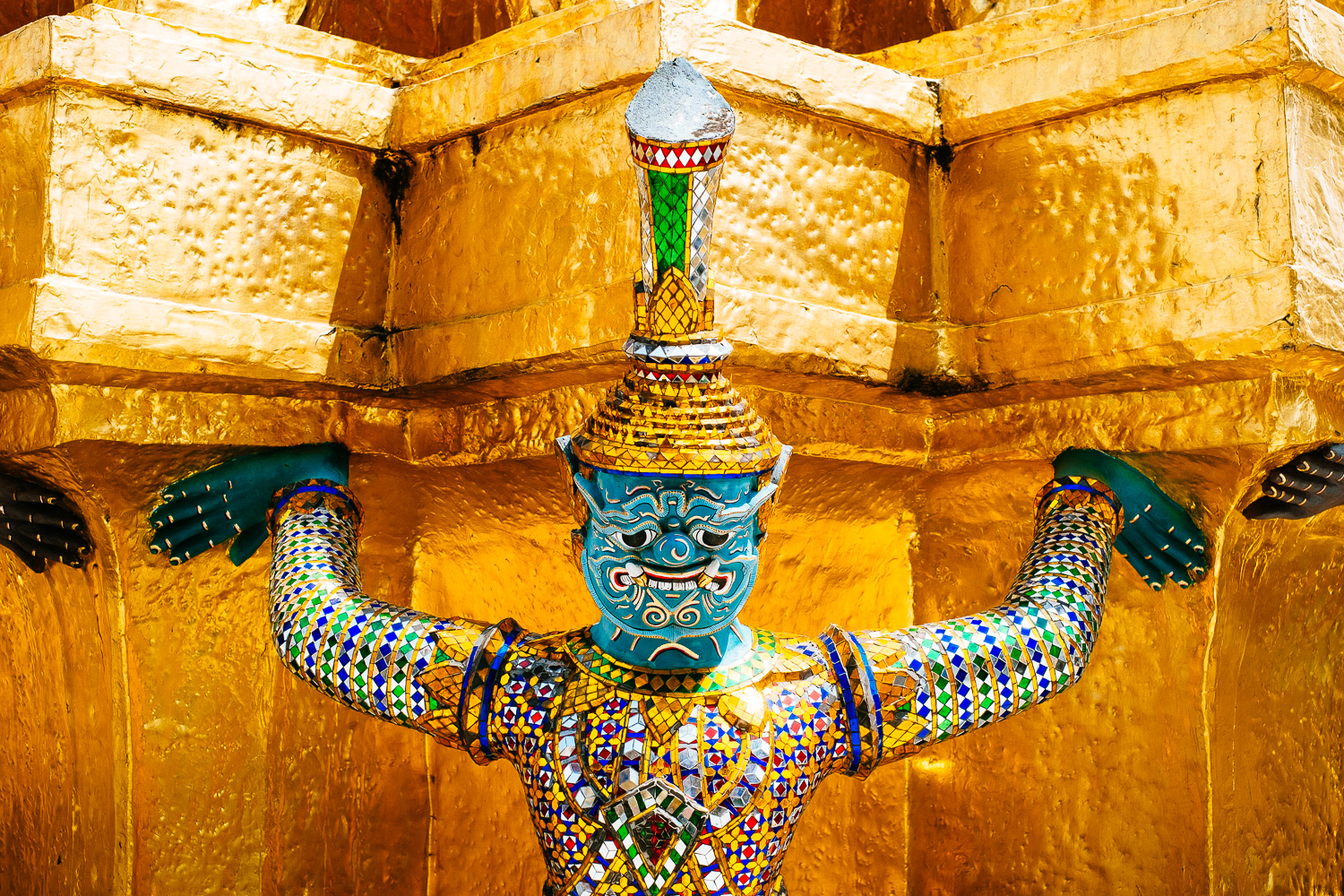 FUJIFILM X-Pro1 (35mm, f/5, 1/680 sec, ISO200)
FUJIFILM X-Pro1 (35mm, f/5, 1/680 sec, ISO200)
 FUJIFILM X-Pro1 (14mm, f/8, 1/30 sec, ISO400)
FUJIFILM X-Pro1 (14mm, f/8, 1/30 sec, ISO400)
Initially there was a lot of critique that Fuji X cameras are slow and only good enough for static subjects, A camera designed for people that take one picture an hour preferable of a rusty bicycle. But that is nonsense. Fuji’s X cameras are very fast to shoot. I think they are the fastest cameras to set up. That’s especially true for the X Pro-2. To me this camera is a speed demon.
And finally AF is fast enough that you can use it for street photography though I think that in poor light you are still faster if you shoot “street style”. By street style I mean to forget about AF altogether and preset focus manually. The XF 14/2.8 R works best for this kind of photography.
 FUJIFILM X-Pro2 (23mm, f/2, 1/6000 sec, ISO200)
FUJIFILM X-Pro2 (23mm, f/2, 1/6000 sec, ISO200)
 FUJIFILM X-Pro2 (14mm, f/5.6, 1/240 sec, ISO200)
FUJIFILM X-Pro2 (14mm, f/5.6, 1/240 sec, ISO200)
 FUJIFILM X-Pro2 (16mm, f/1.4, 1/80 sec, ISO3200)
FUJIFILM X-Pro2 (16mm, f/1.4, 1/80 sec, ISO3200)
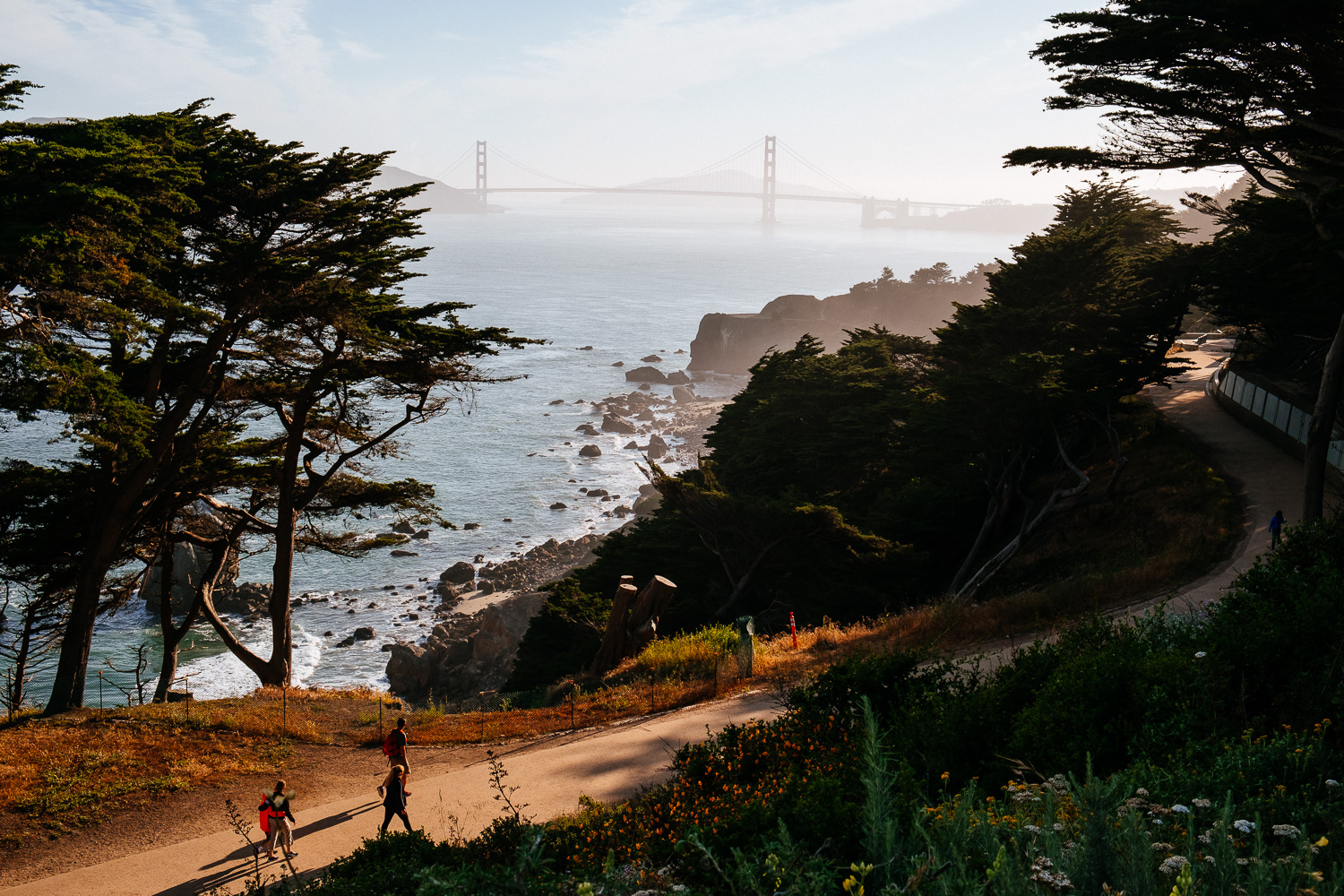 FUJIFILM X-Pro2 (28.9mm, f/9, 1/300 sec, ISO200)
FUJIFILM X-Pro2 (28.9mm, f/9, 1/300 sec, ISO200)
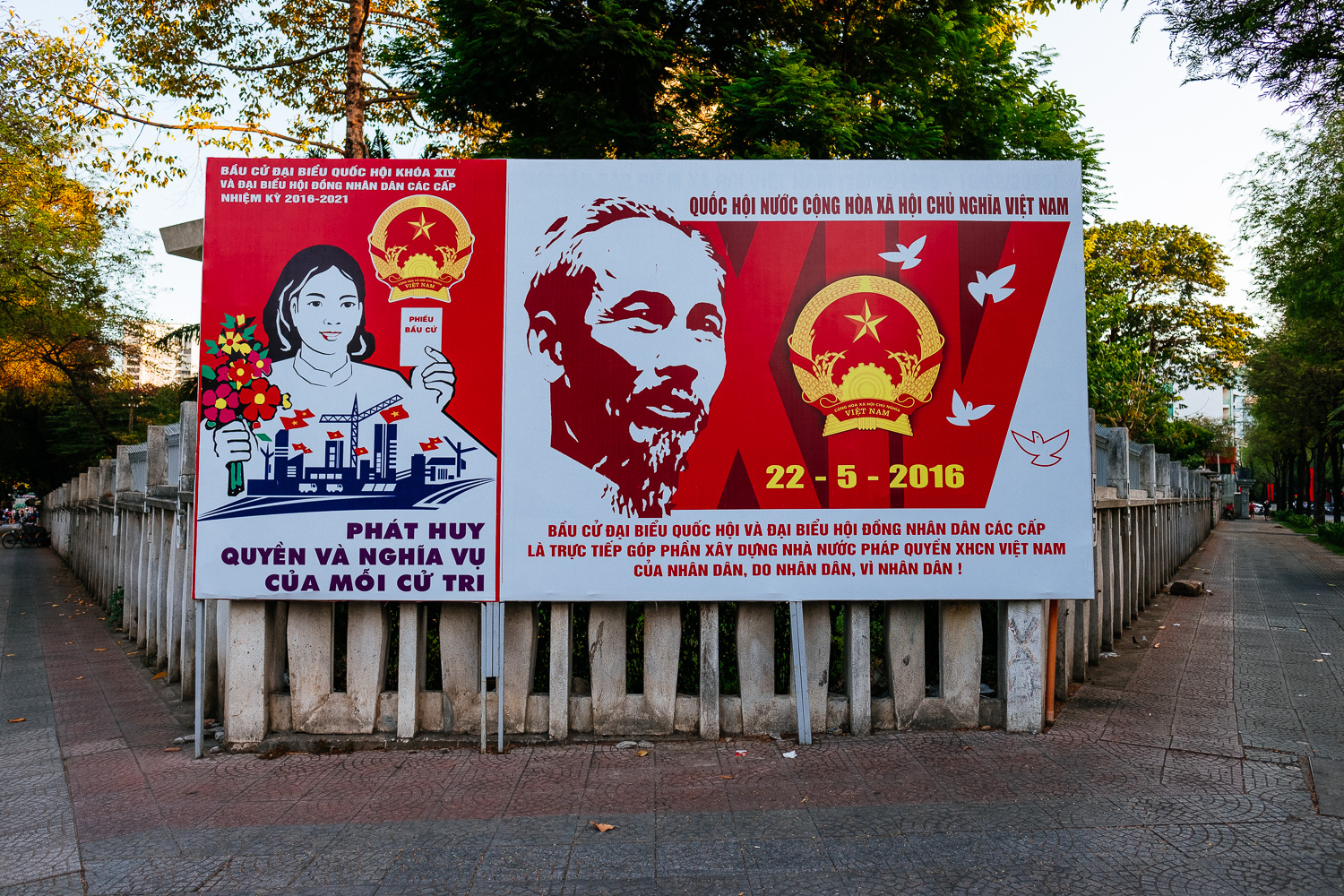 FUJIFILM X-Pro2 (16mm, f/2.8, 1/240 sec, ISO200)
FUJIFILM X-Pro2 (16mm, f/2.8, 1/240 sec, ISO200)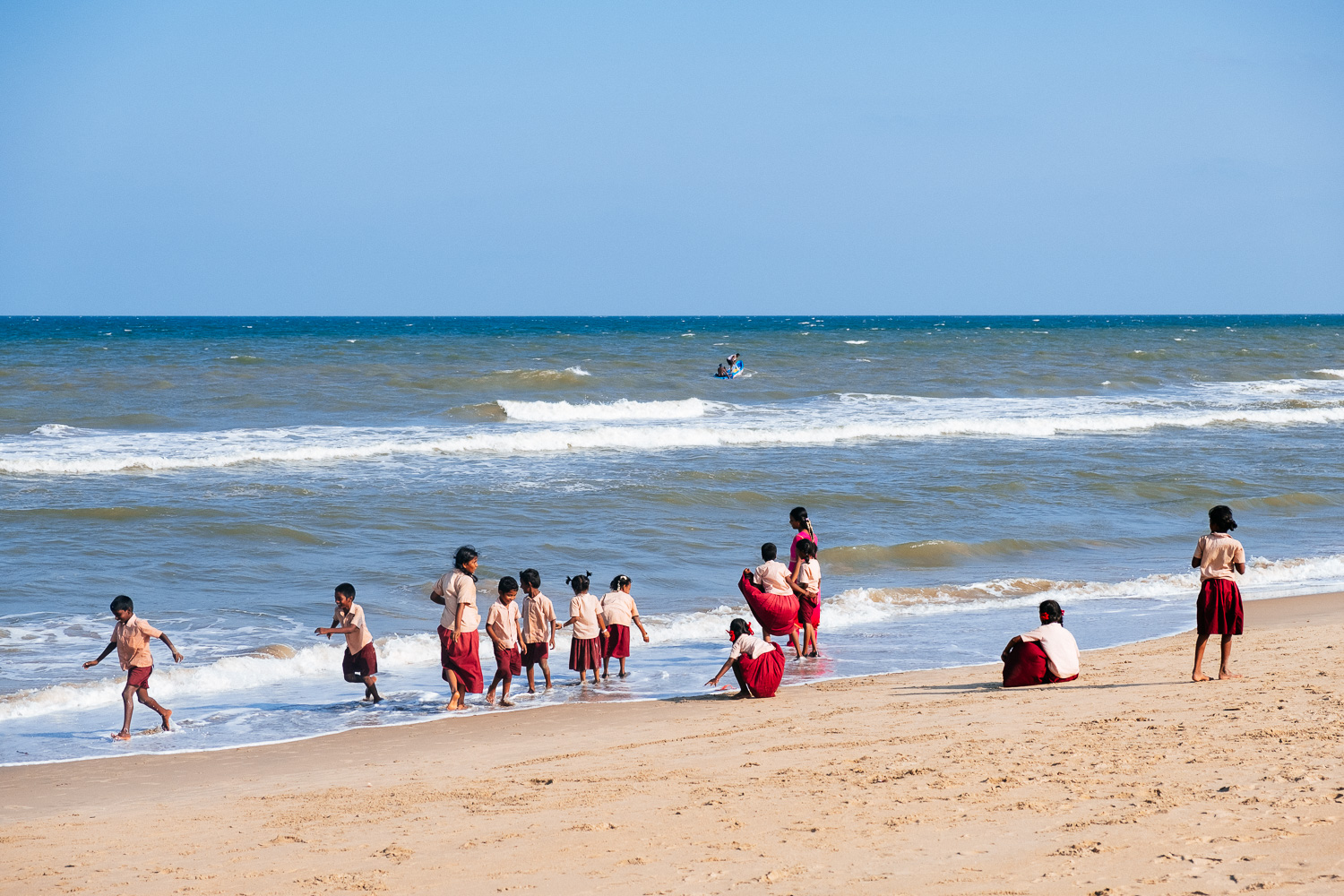 FUJIFILM X-Pro2 (42.5mm, f/4, 1/1700 sec, ISO200)
FUJIFILM X-Pro2 (42.5mm, f/4, 1/1700 sec, ISO200)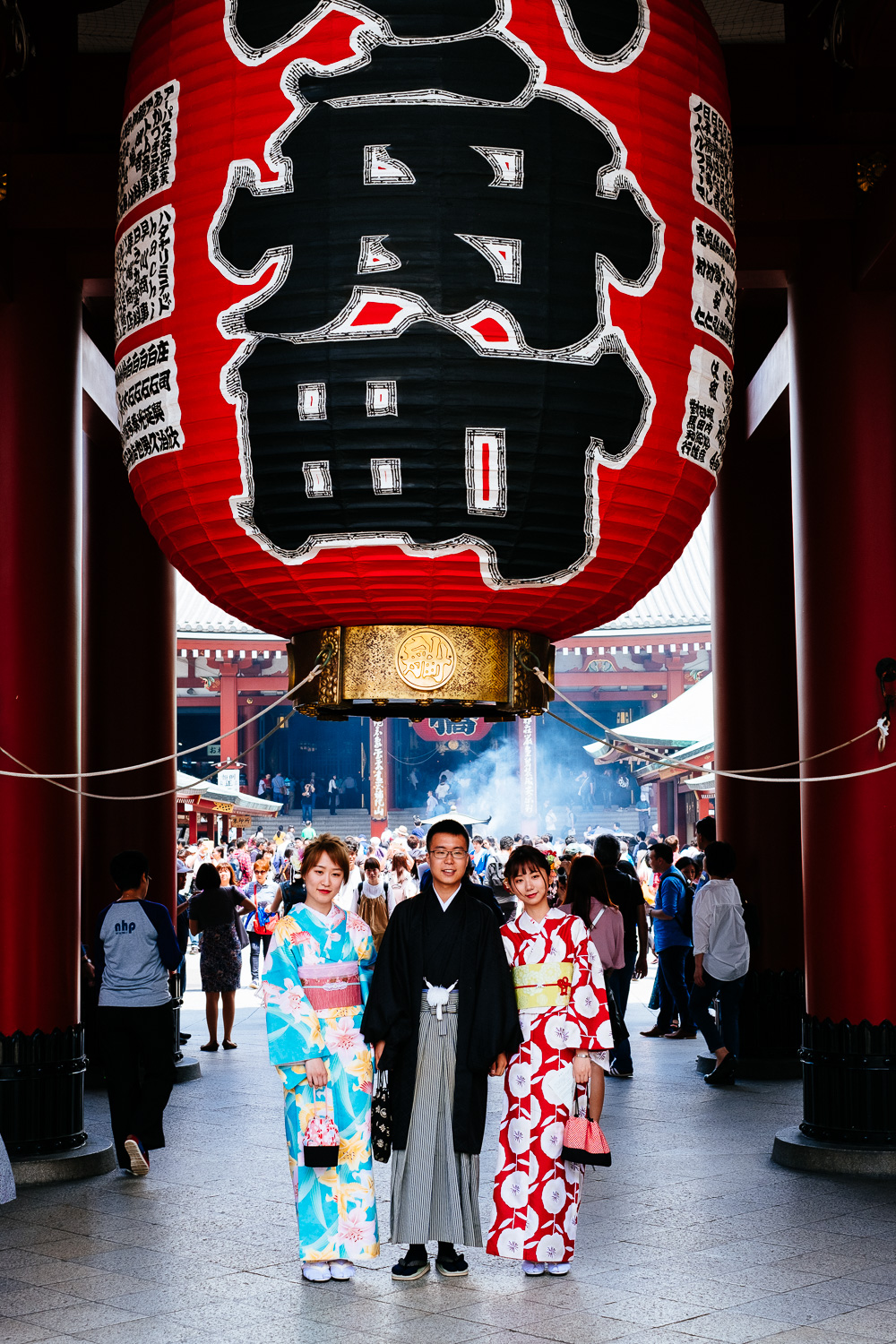 FUJIFILM X-Pro2 (35mm, f/5.6, 1/240 sec, ISO200)
FUJIFILM X-Pro2 (35mm, f/5.6, 1/240 sec, ISO200)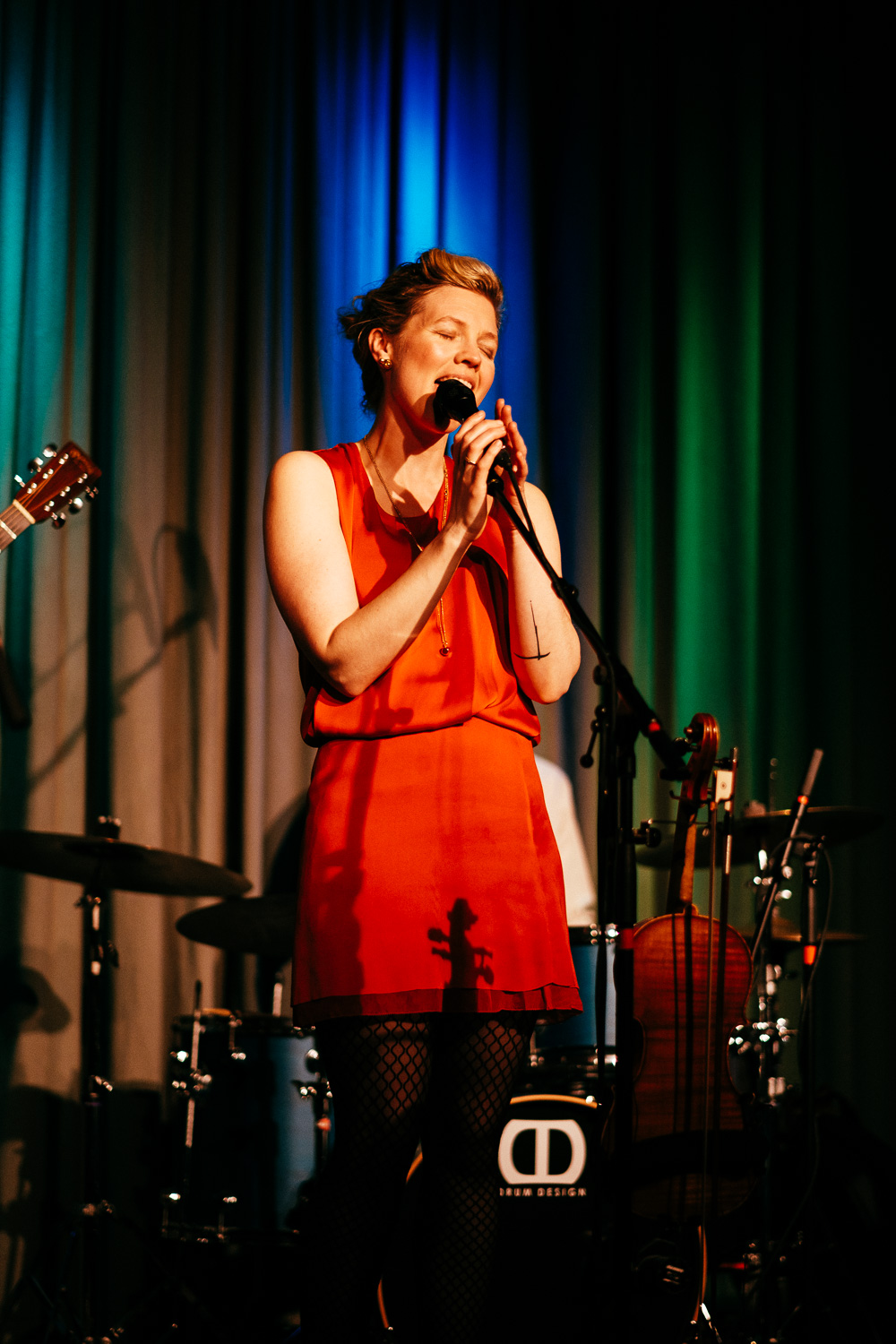 FUJIFILM X-Pro2 (56mm, f/1.2, 1/200 sec, ISO640)
FUJIFILM X-Pro2 (56mm, f/1.2, 1/200 sec, ISO640) FUJIFILM X-Pro2 (14mm, f/8, 1/1250 sec, ISO200)
FUJIFILM X-Pro2 (14mm, f/8, 1/1250 sec, ISO200)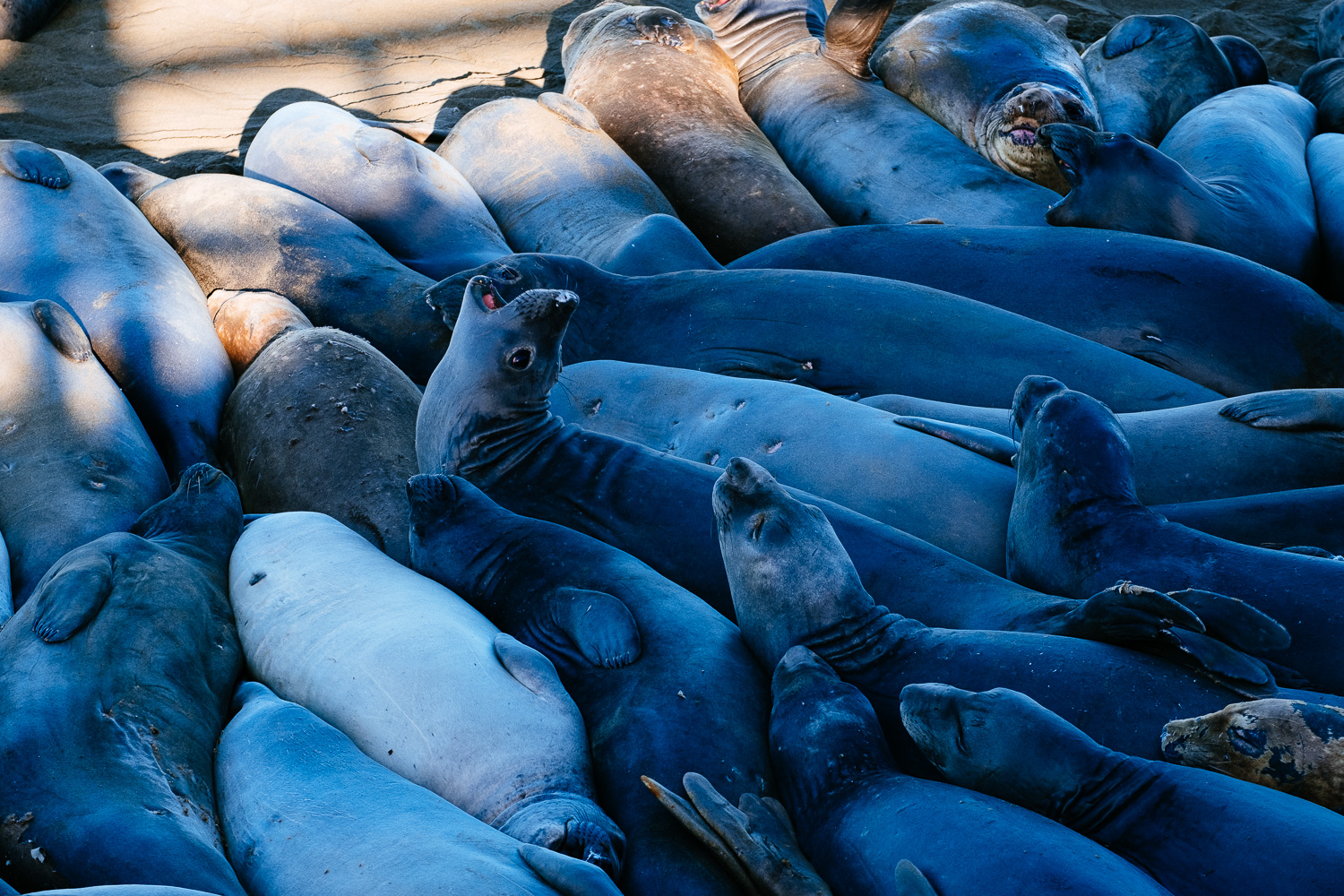 FUJIFILM X-Pro2 (99.8mm, f/5.6, 1/200 sec, ISO320)
FUJIFILM X-Pro2 (99.8mm, f/5.6, 1/200 sec, ISO320)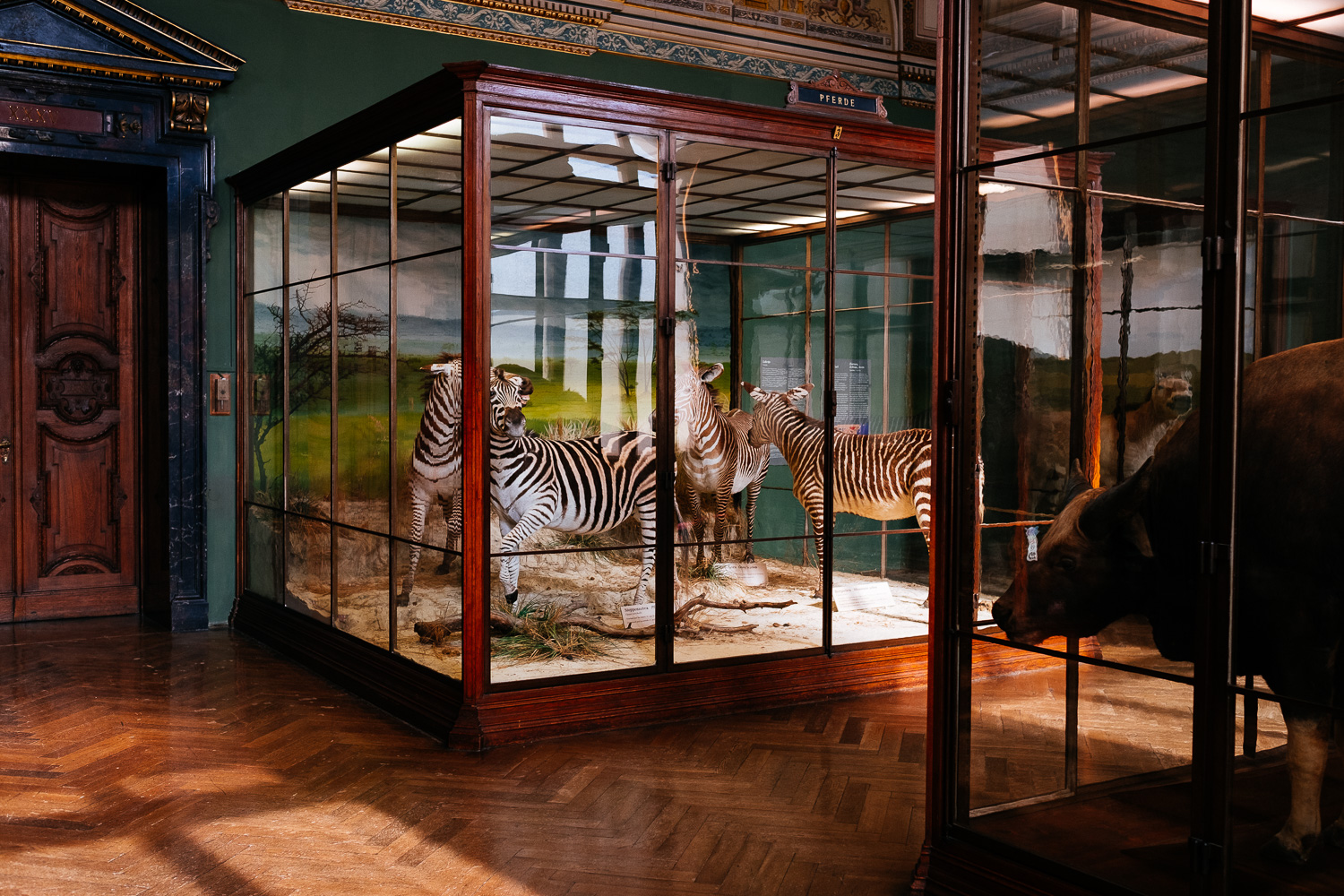 FUJIFILM X-Pro2 (23mm, f/2.8, 1/60 sec, ISO320)
FUJIFILM X-Pro2 (23mm, f/2.8, 1/60 sec, ISO320)
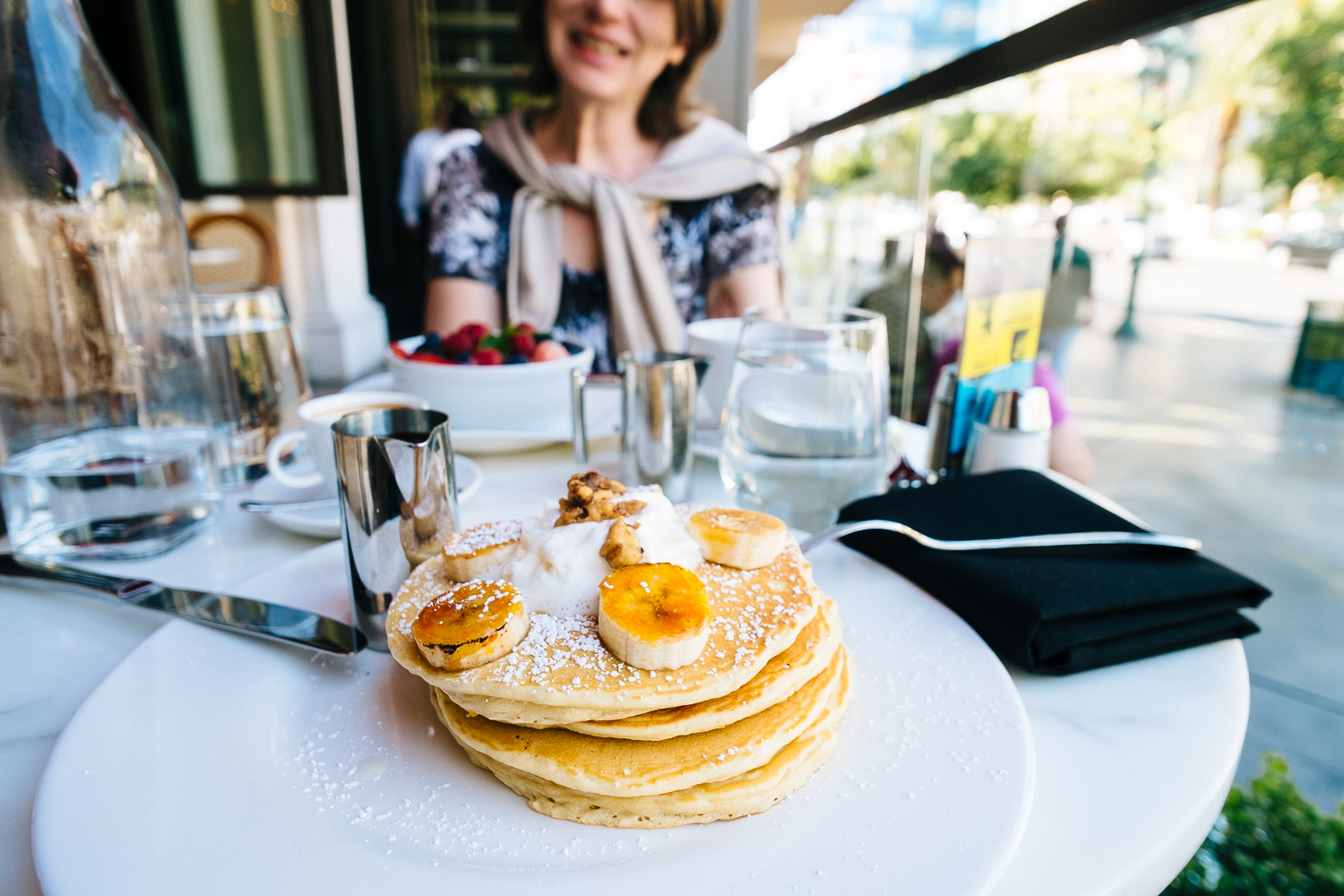 FUJIFILM X-Pro1 (14mm, f/4, 1/125 sec, ISO200)
FUJIFILM X-Pro1 (14mm, f/4, 1/125 sec, ISO200) FUJIFILM X-Pro2 (56mm, f/2.8, 1/220 sec, ISO200)
FUJIFILM X-Pro2 (56mm, f/2.8, 1/220 sec, ISO200) FUJIFILM X-Pro2 (24.3mm, f/3.2, 1/125 sec, ISO640)
FUJIFILM X-Pro2 (24.3mm, f/3.2, 1/125 sec, ISO640) FUJIFILM X-Pro2 (23mm, f/9, 1/550 sec, ISO200)
FUJIFILM X-Pro2 (23mm, f/9, 1/550 sec, ISO200)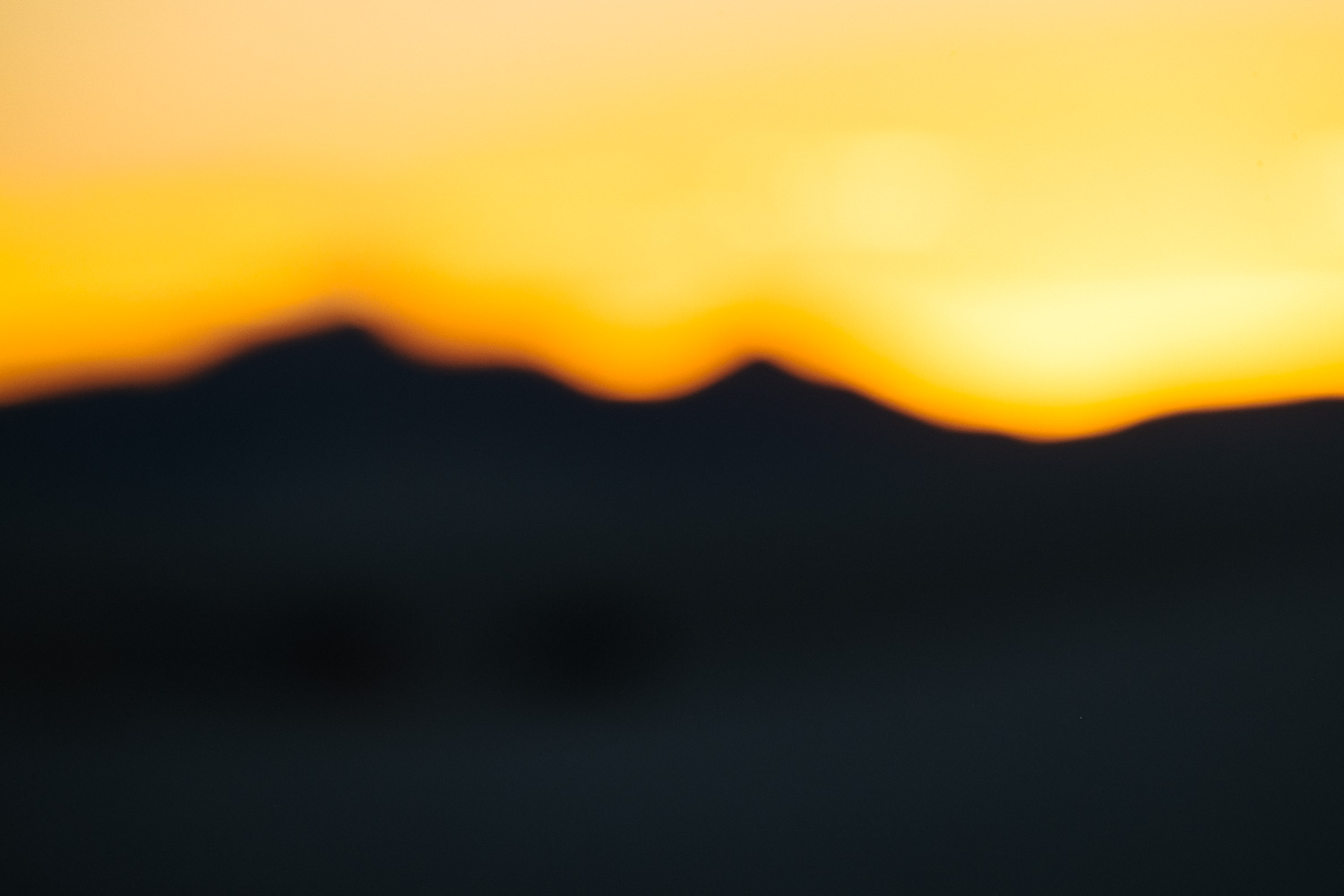 FUJIFILM X-Pro1 (230mm, f/8, 1/200 sec, ISO200)
FUJIFILM X-Pro1 (230mm, f/8, 1/200 sec, ISO200)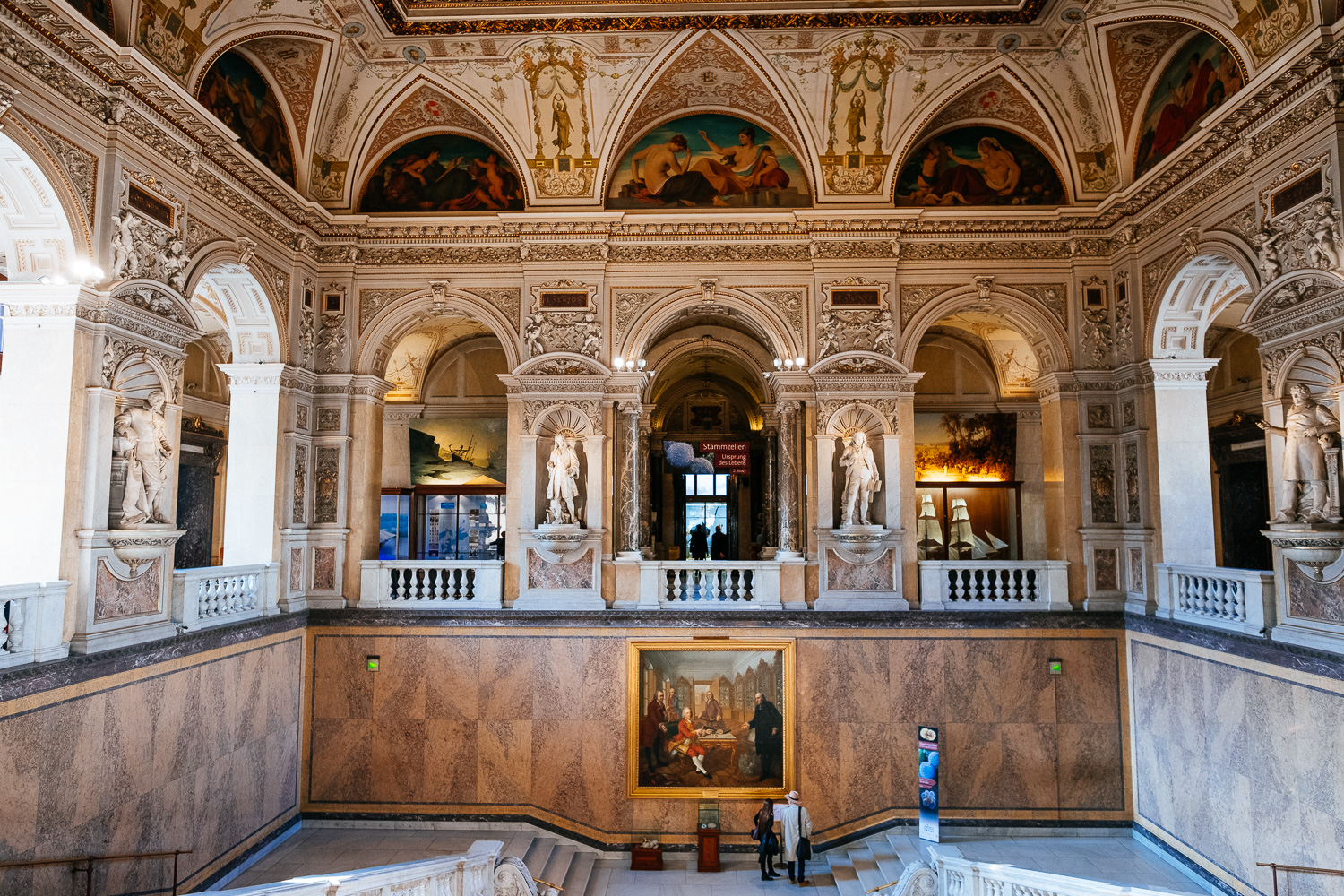 FUJIFILM X-Pro2 (14mm, f/4, 1/60 sec, ISO1000)
FUJIFILM X-Pro2 (14mm, f/4, 1/60 sec, ISO1000)
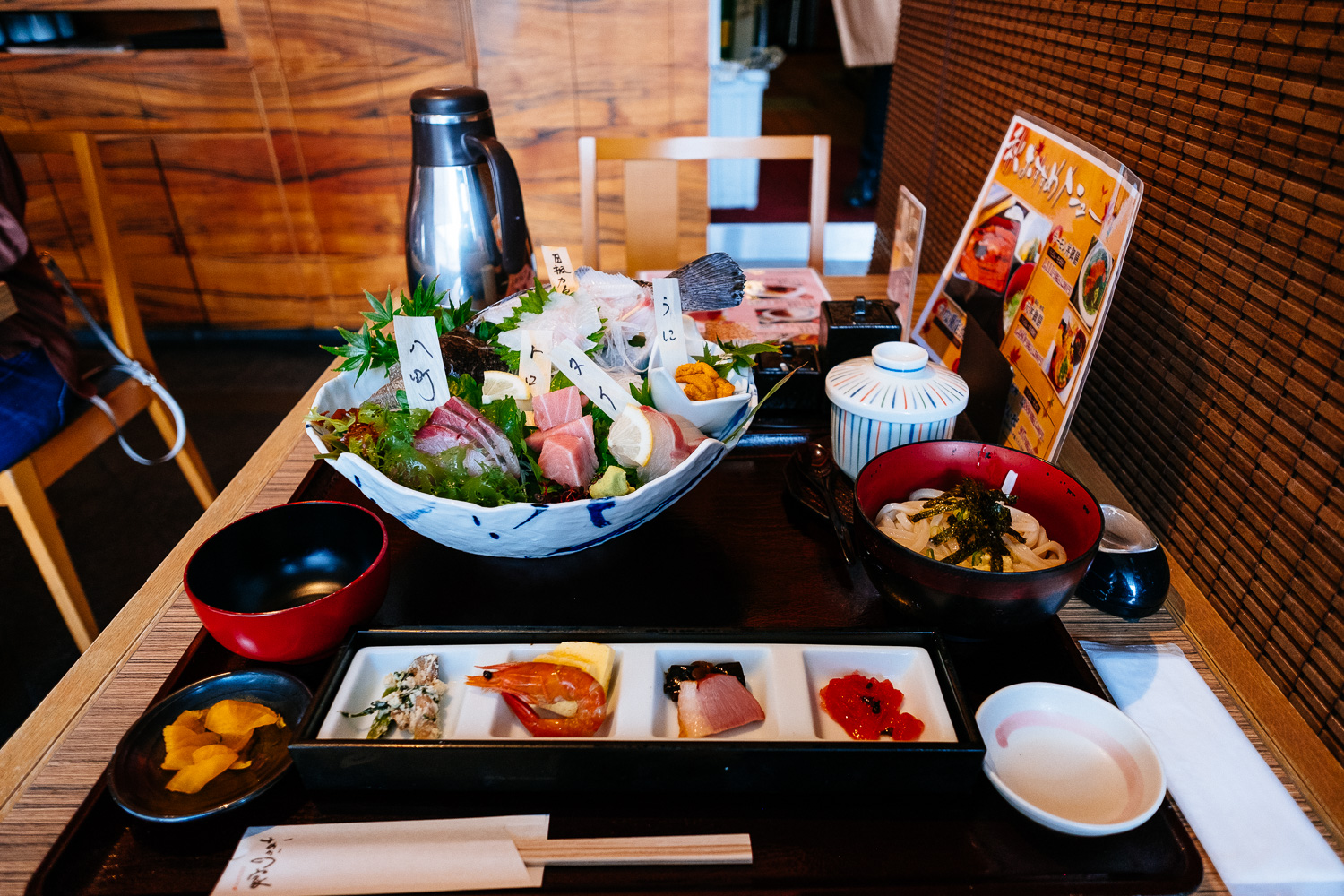 FUJIFILM X-Pro2 (14mm, f/2.8, 1/160 sec, ISO640)
FUJIFILM X-Pro2 (14mm, f/2.8, 1/160 sec, ISO640)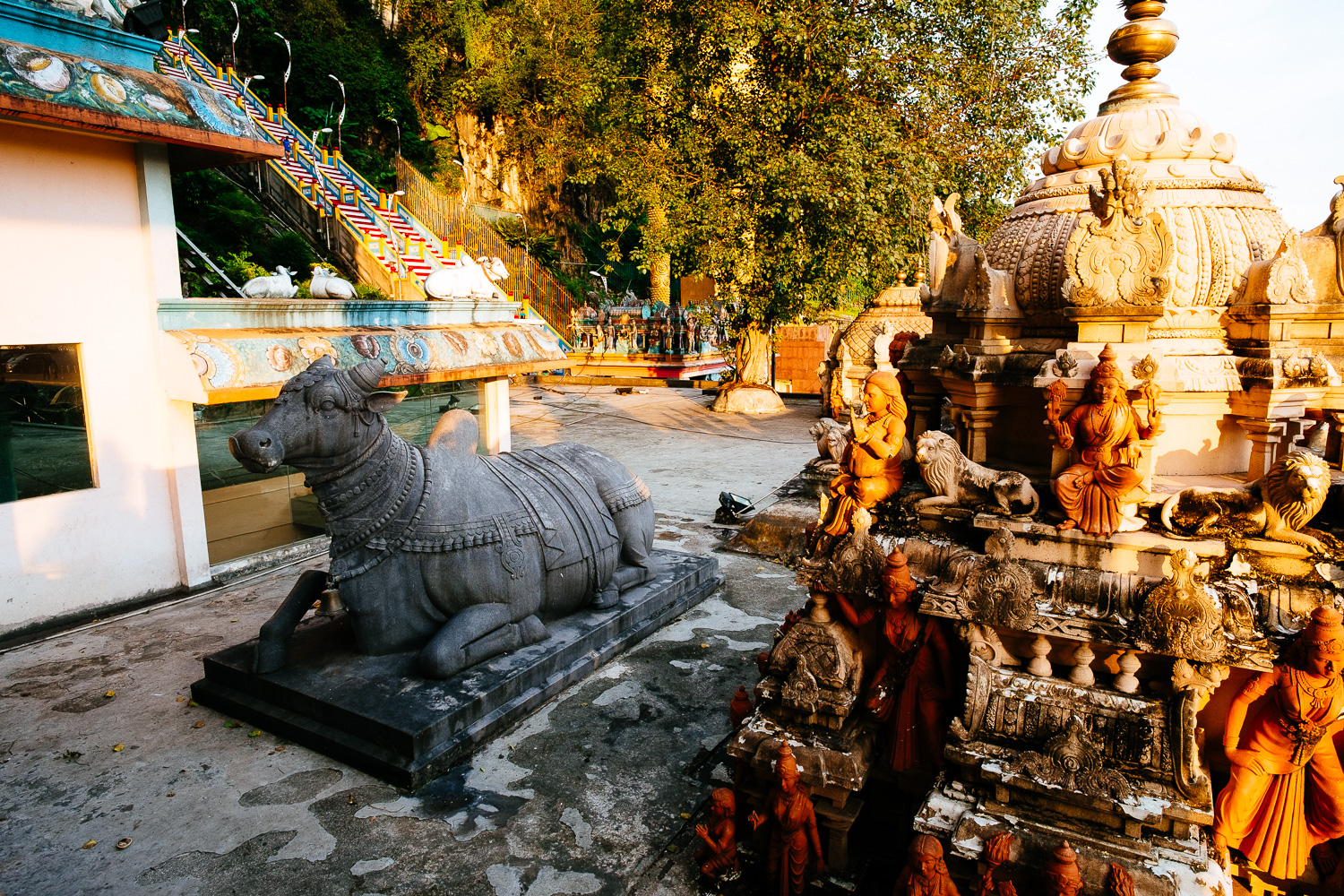 FUJIFILM X-Pro1 (14mm, f/8, 1/30 sec, ISO200)
FUJIFILM X-Pro1 (14mm, f/8, 1/30 sec, ISO200)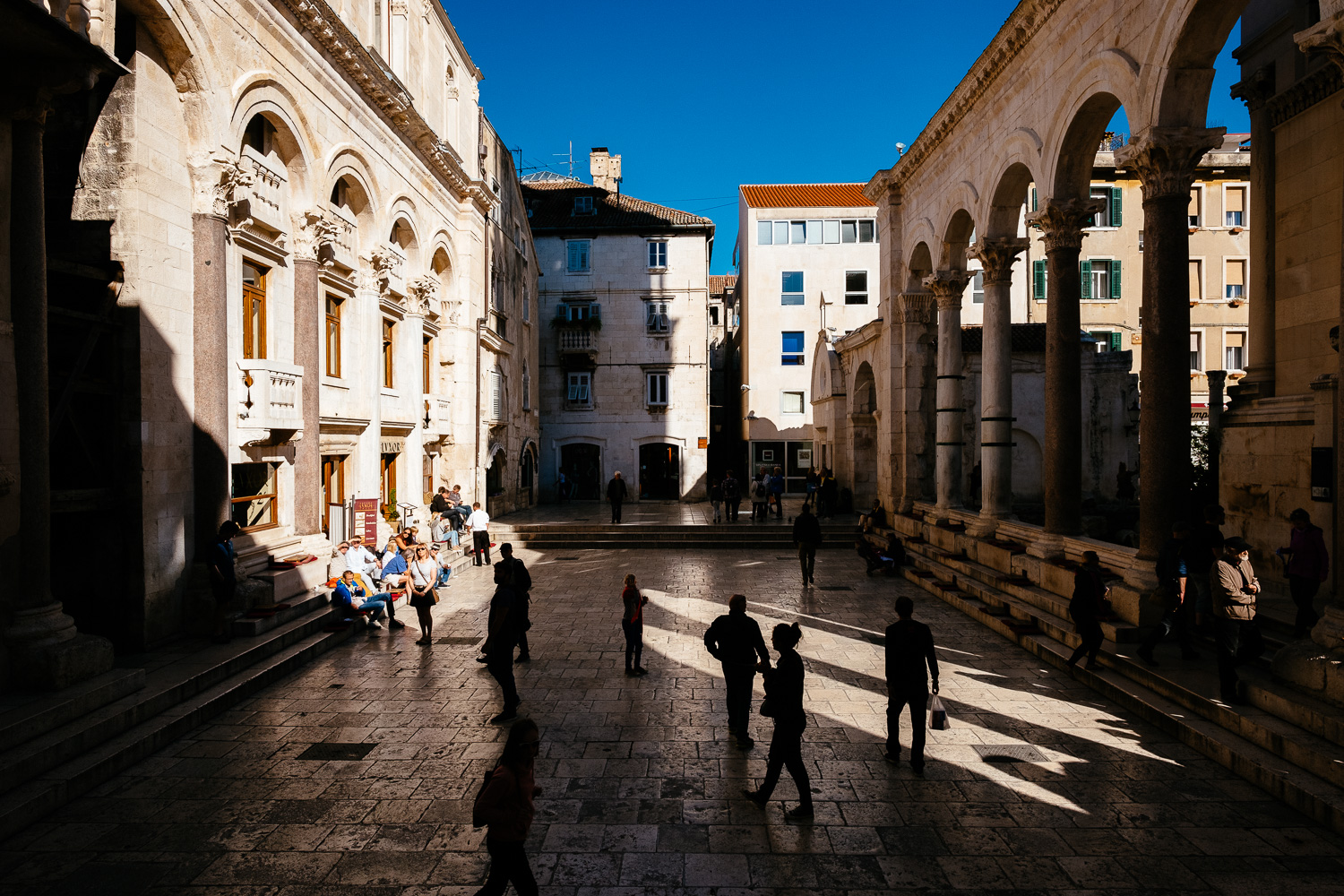 FUJIFILM X-Pro2 (14mm, f/8, 1/480 sec, ISO200)
FUJIFILM X-Pro2 (14mm, f/8, 1/480 sec, ISO200)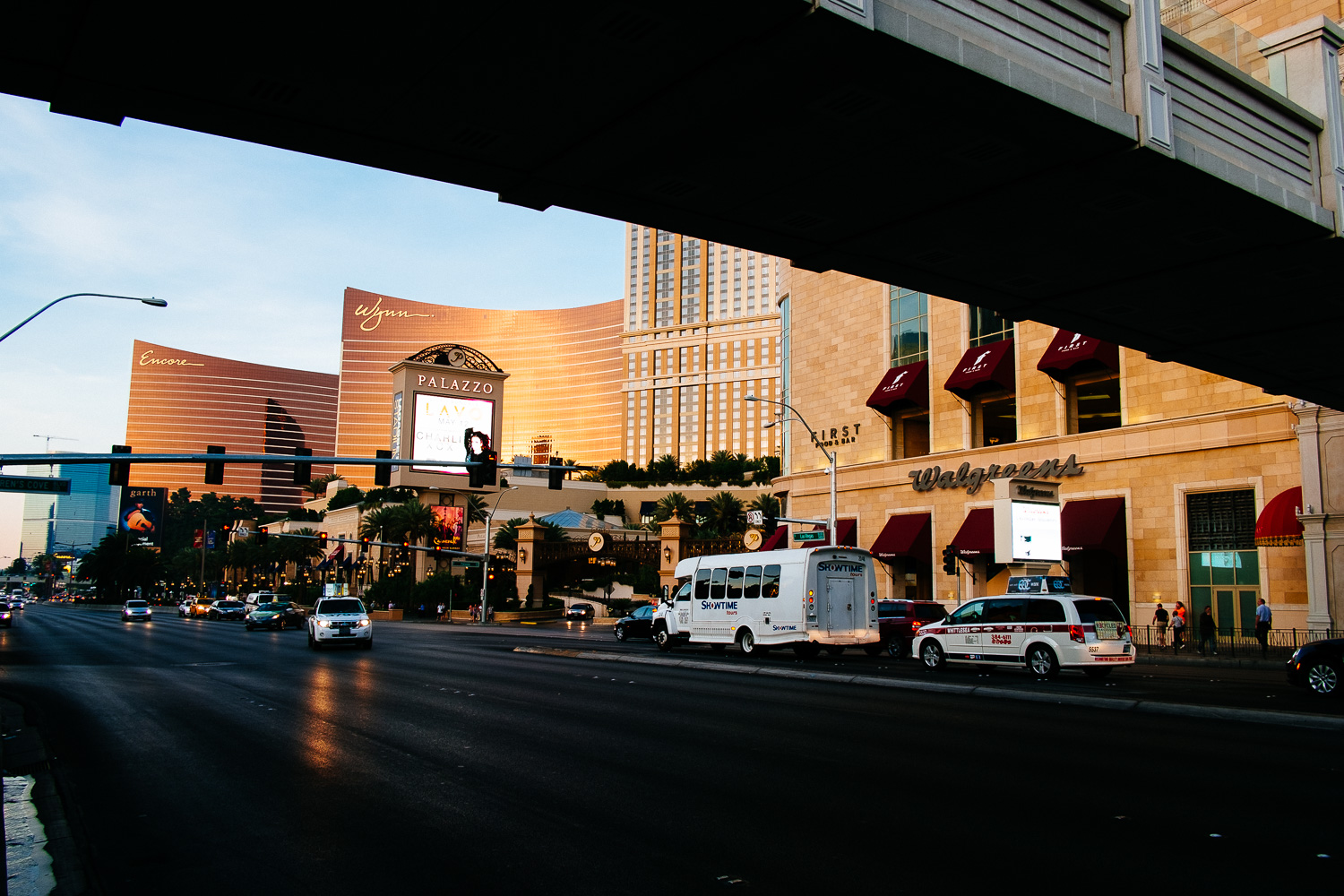 FUJIFILM X-Pro1 (18mm, f/5.6, 1/40 sec, ISO200)
FUJIFILM X-Pro1 (18mm, f/5.6, 1/40 sec, ISO200) FUJIFILM X-Pro2 (10mm, f/5.6, 1/15 sec, ISO1600)
FUJIFILM X-Pro2 (10mm, f/5.6, 1/15 sec, ISO1600)
 FUJIFILM X-Pro2 (23mm, f/8, 1/340 sec, ISO200)
FUJIFILM X-Pro2 (23mm, f/8, 1/340 sec, ISO200)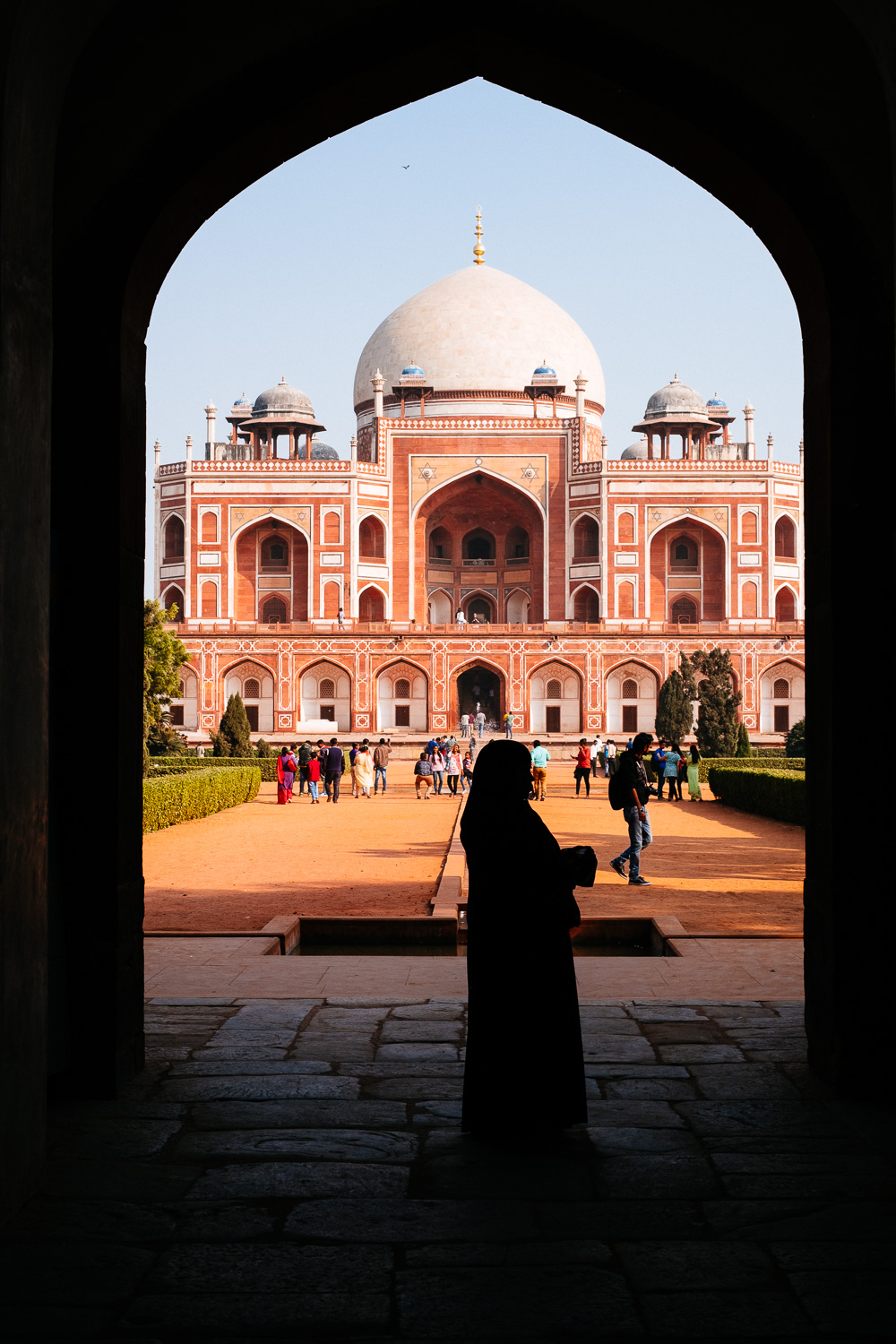 FUJIFILM X-Pro2 (35mm, f/7.1, 1/480 sec, ISO200)
FUJIFILM X-Pro2 (35mm, f/7.1, 1/480 sec, ISO200)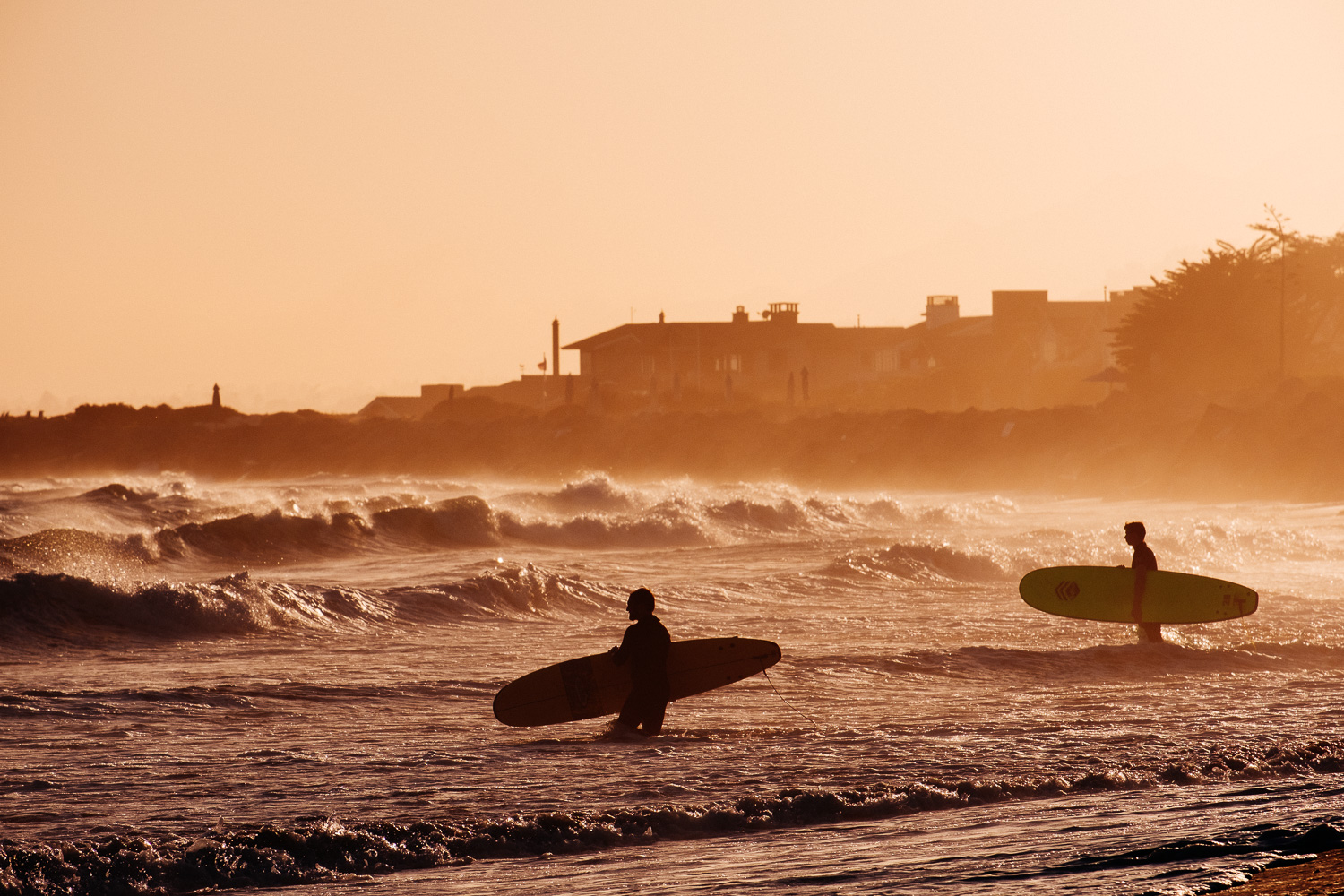 FUJIFILM X-Pro2 (200mm, f/9, 1/1800 sec, ISO200)
FUJIFILM X-Pro2 (200mm, f/9, 1/1800 sec, ISO200)
This is my blog post with the most images. By far the most images! They are taken all over the world. In hot and humid places, in the desert, in the rain, on the beach. Pictures taken in strong daylight or during night or inside.
There is nothing that holds those pictures together beside the fact that they were all taken with either the Fuji X Pro-1 or with the Fuji X Pro-2. Of course most of them are travel pictures but that’s because I traveled a lot in the past five years. But my point is that there is nothing you can’t do with a Fuji camera today.
With the latest generation Fuji cameras have become truly universal. Gone are the compromises of the first generation that made it hard to recommend Fuji cameras to a friend. I used to shoot the Fuji X cameras on my business trips because I wanted something light and compact but I was still shooting with a Canon full frame DSLR with big and heavy f2.8 zooms on my big vacations.
But when I got the X Pro-2 in early 2016 it was clear to me that there was no reason to shoot with DSLR anymore. I sold my Canon gear and the Fuji X system has become my solution for everything. The best decision in my live! On my vacations in the USA I shoot with zoom lenses during the day and when I take the camera with me in the evening or if I shoot in cities I change to my small ThinkTank Retrospective 5 bag and 2 or 3 small primes. In the past I always had a small camera beside my SLRs and later DSLRs for those occasions. Now I only change the lenses and the bag but the camera remains the same. The big advantage is that I now shoot the same camera all the time and because of that I can handle it in my sleep.
 FUJIFILM X-Pro2 (27mm, f/8, 1/125 sec, ISO800)
FUJIFILM X-Pro2 (27mm, f/8, 1/125 sec, ISO800)
 FUJIFILM X-Pro2 (16.6mm, f/8, 1/60 sec, ISO320)
FUJIFILM X-Pro2 (16.6mm, f/8, 1/60 sec, ISO320)
 FUJIFILM X-Pro2 (10mm, f/10, 1/220 sec, ISO200)
FUJIFILM X-Pro2 (10mm, f/10, 1/220 sec, ISO200)
So what makes Fuji X system so special? I think it is simple:
- the shooting experience, especially of the X Pro line
- the lenses
- the out of camera colours
There are many more reasons of course but those three points are the most important for me. For me it is important how I’m connected with a camera. If it inspires me to shoot or not. If the camera is perfect it simply get’s out of my way. I don’t have to think of how to set something. To shoot with my X Pro-2 is like driving my car. It works automatically, I don’t have to concentrate when I drive around. I can enjoy my surroundings. It’s like I’m in a flow.
The lens is the most important thing on a camera. Everybody seems to focus on the camera body but the lens is what makes the difference. And Fuji lenses are excellent. That’s especially true for their prime lenses. They are just fantastic and best of all they are very affordable especially if you compare them with Leica or Zeiss. And they should be compared with those lenses. Fuji lenses are brilliant.
But the best shooting experience and the best lenses are worthless if you have to work on every shot in post because white balance or colours or both are just off. That was my experience with Sony cameras. I shot with the NEX 5, the A6000 and the A7R. They all produced nice sharp and detailed shots but the white balance was always off and there was a color cast or tint in every image that was hard to remove. Almost every shot needed some work in Lightroom. Some people like to work on their images but I don’t. When I push the shutter button the creation of the image is over and I take another shot. Almost all my images have no post processing at all. I just use a Velvia preset to get punchy colours and a strong contrast but that’s it. Instead of sitting in front of my computer I rather travel and shoot pictures.
I promise that I will never ever write such a long blog post again.
Happy shooting and stay cool!

